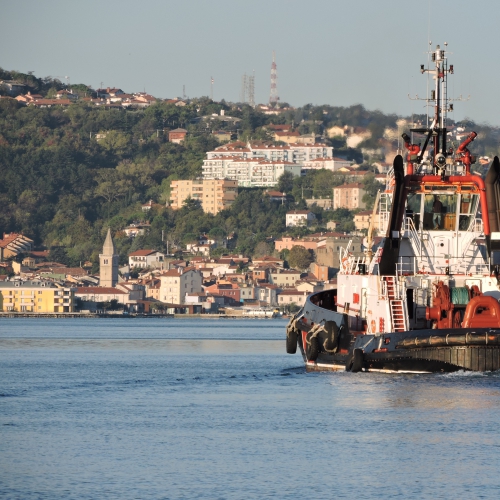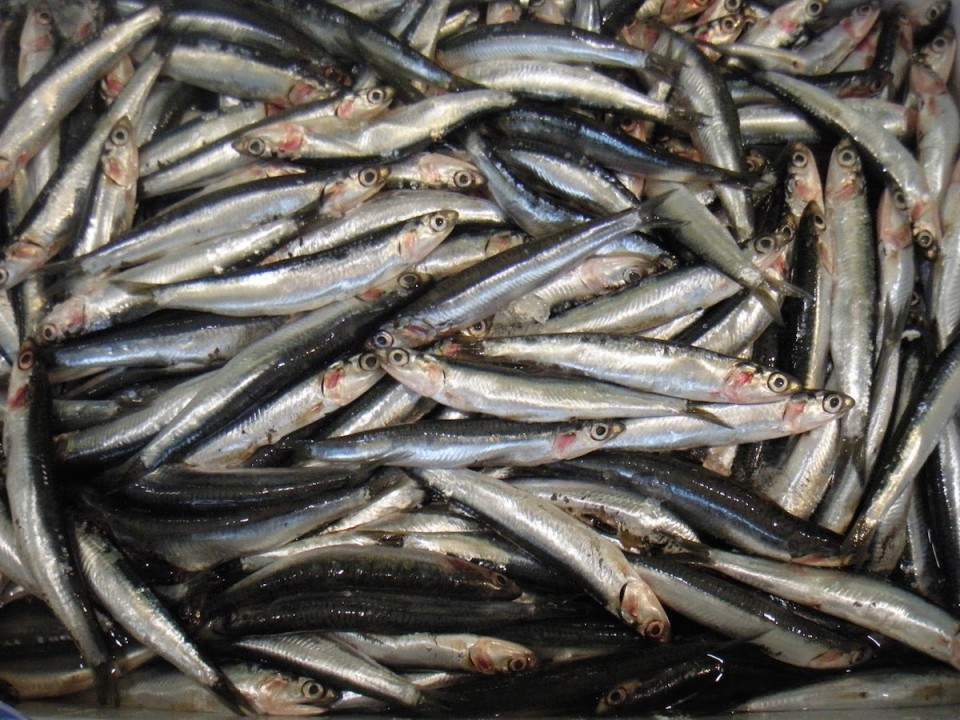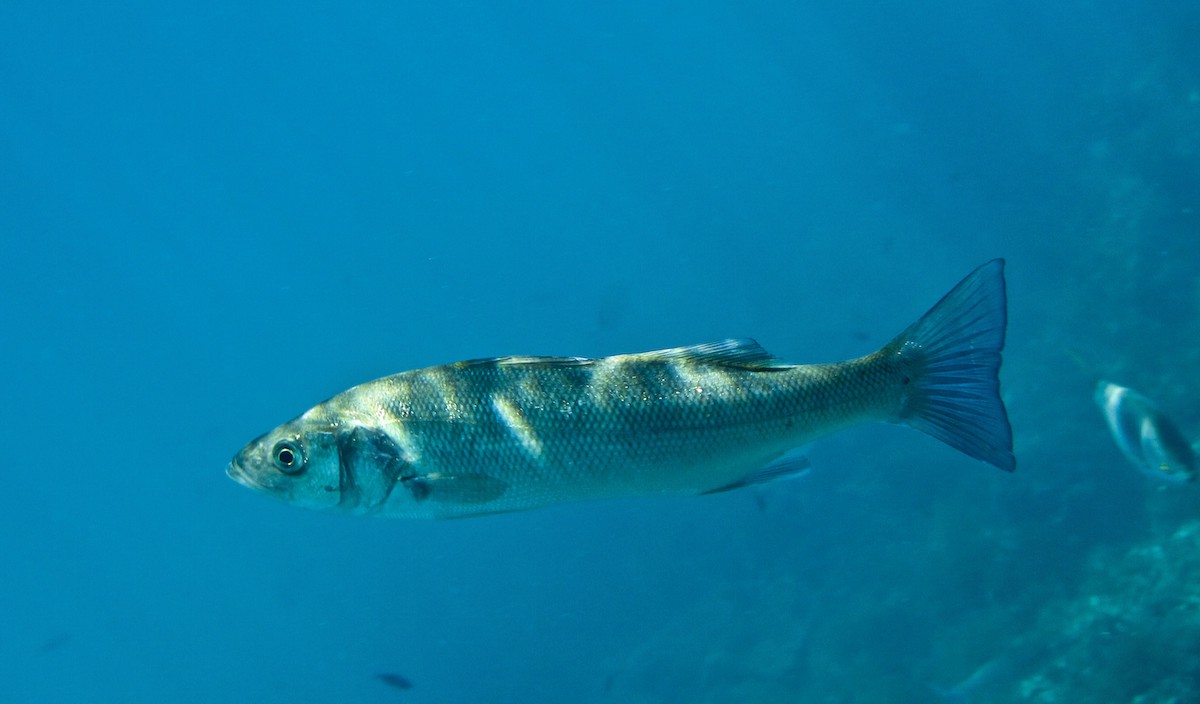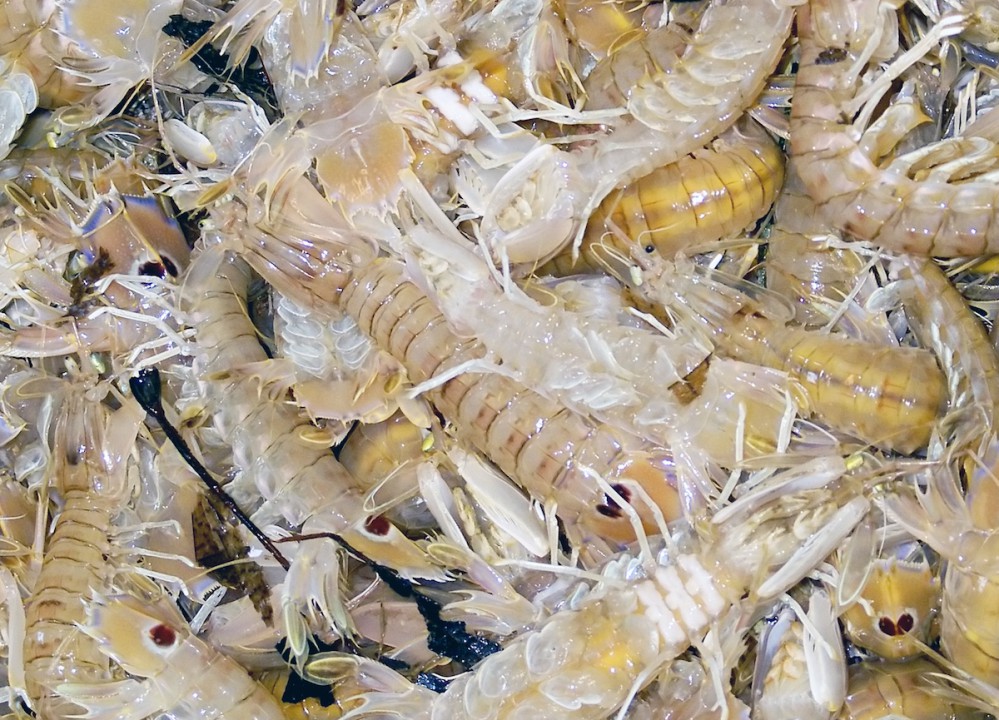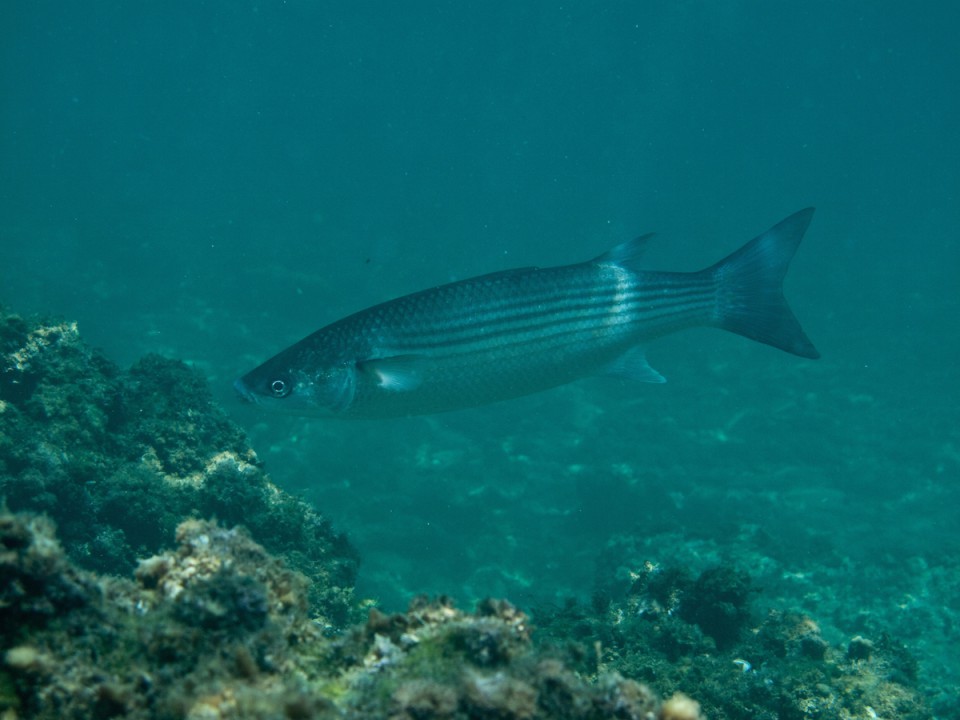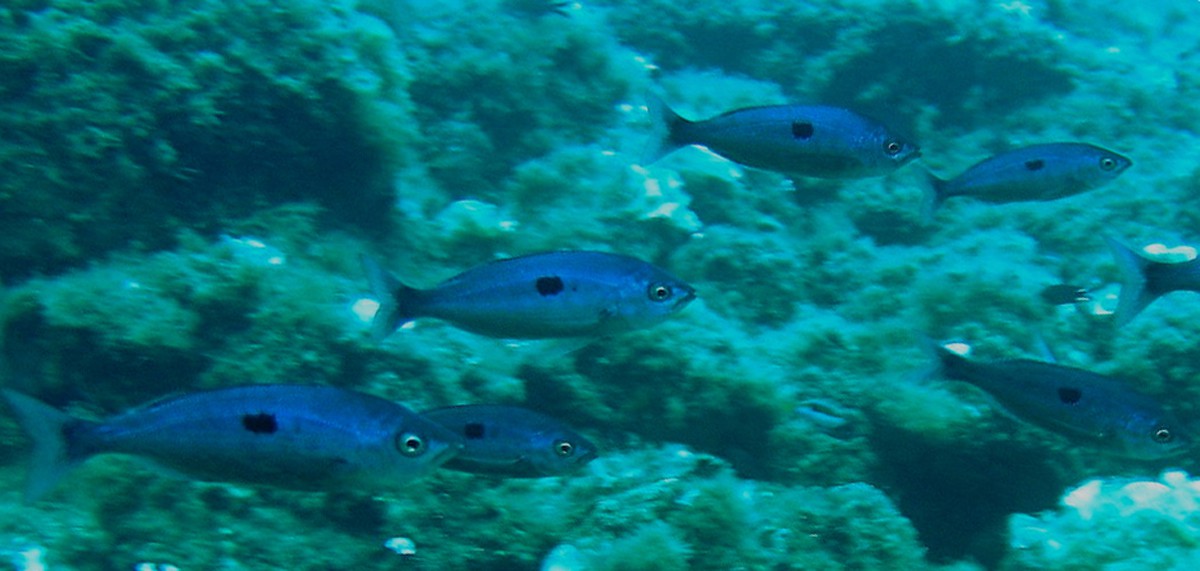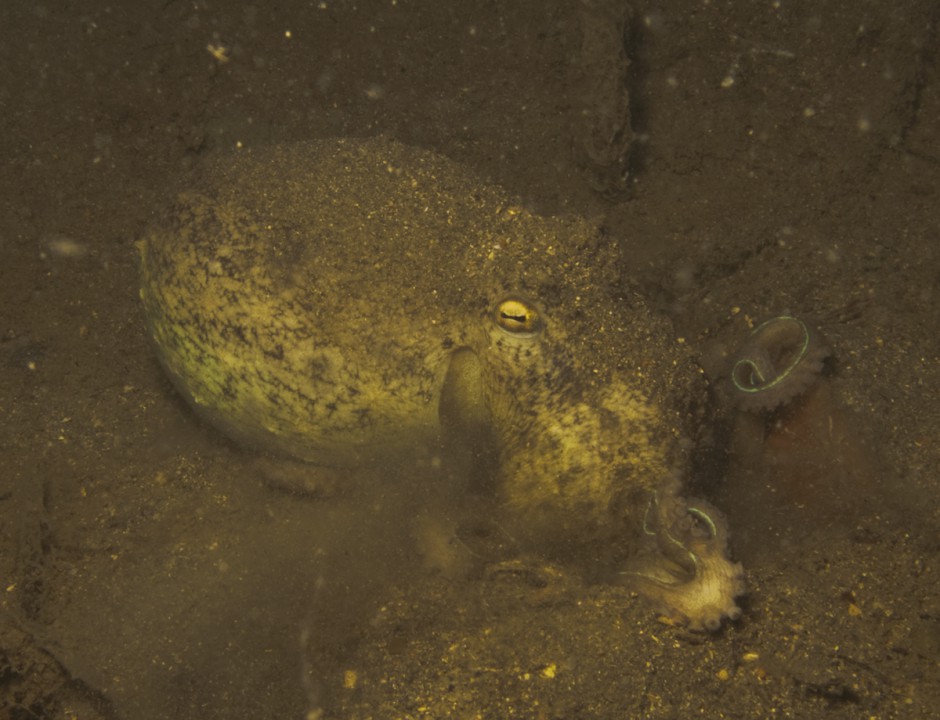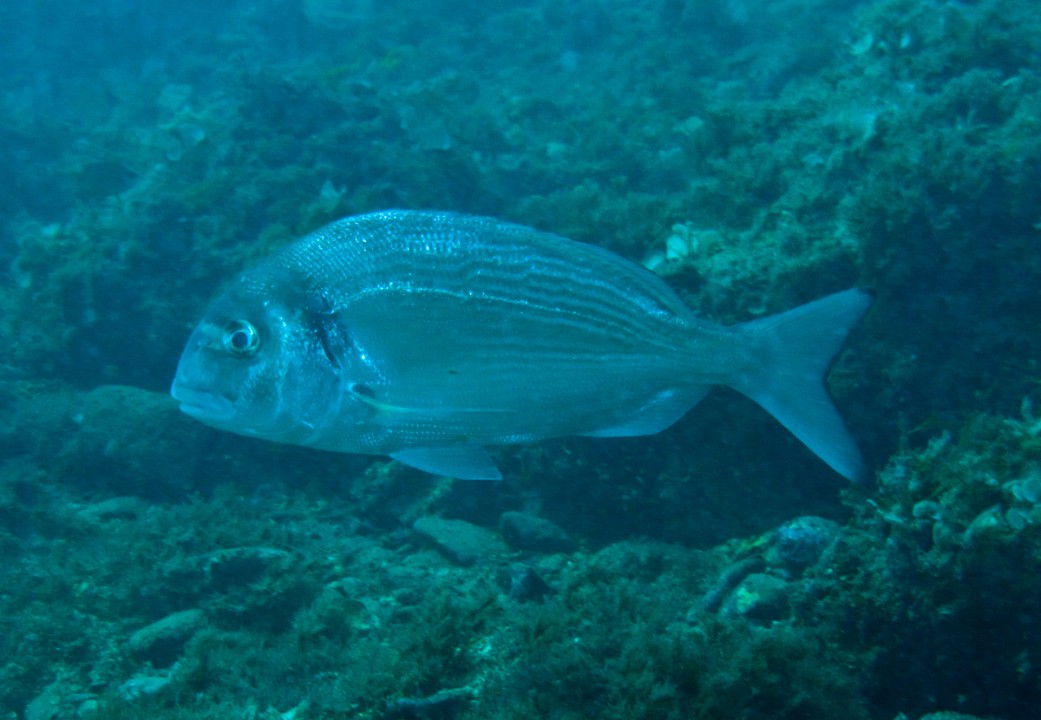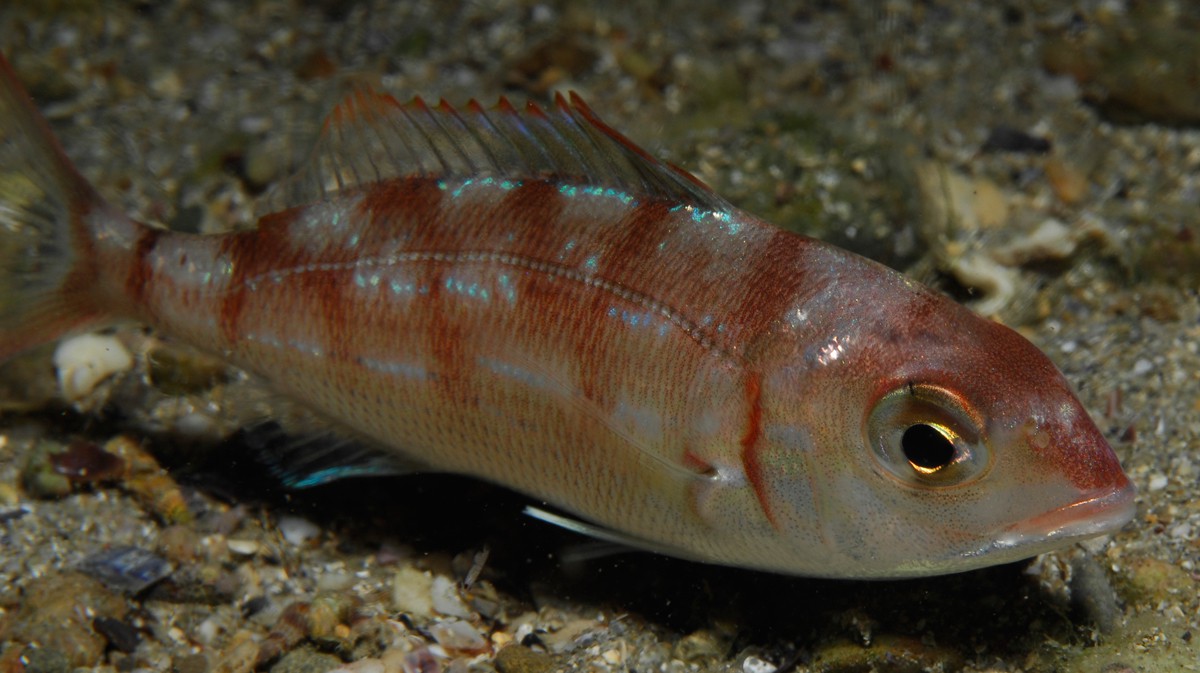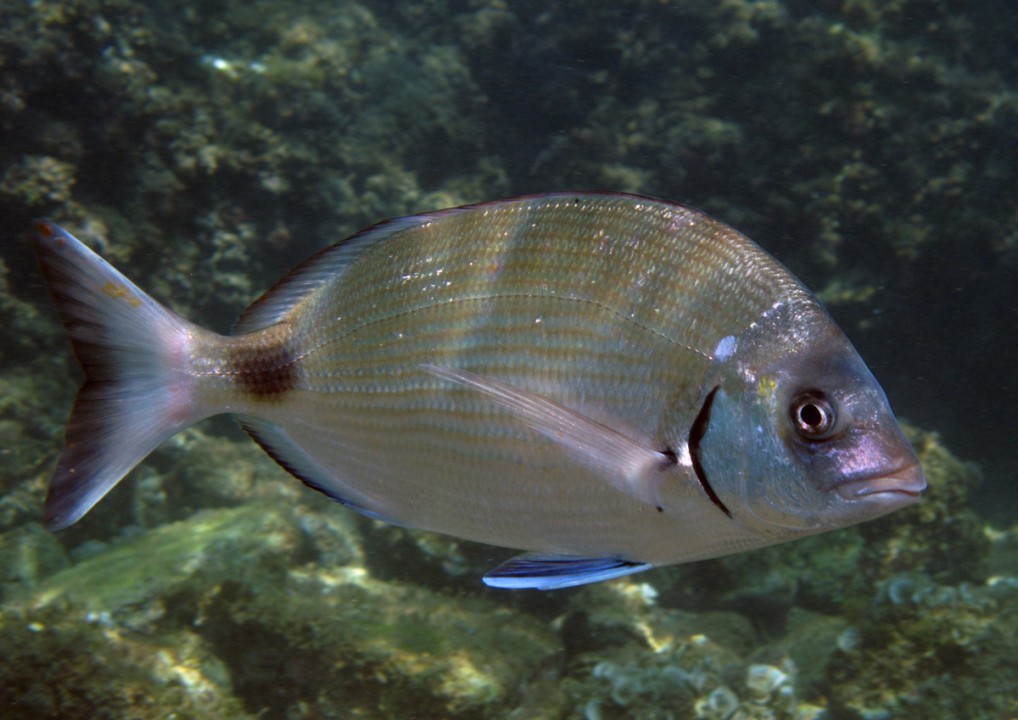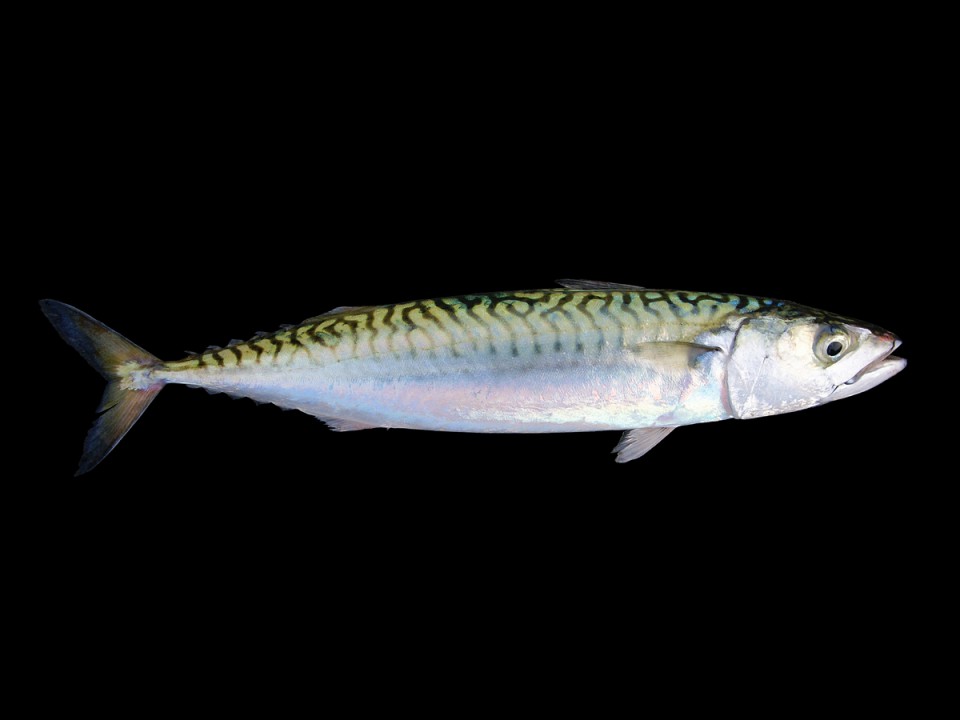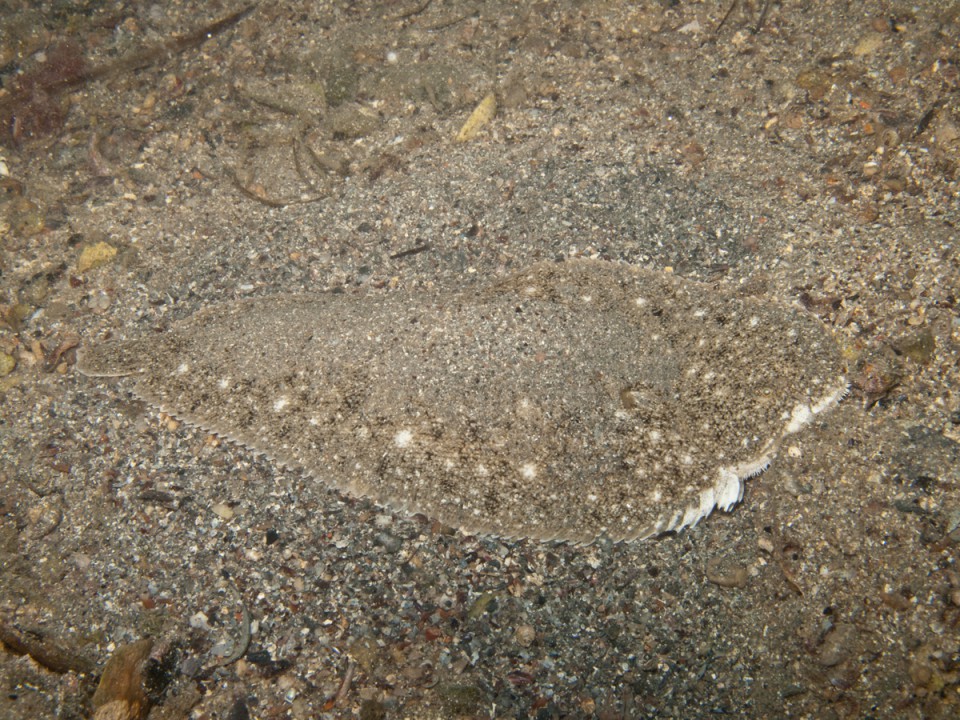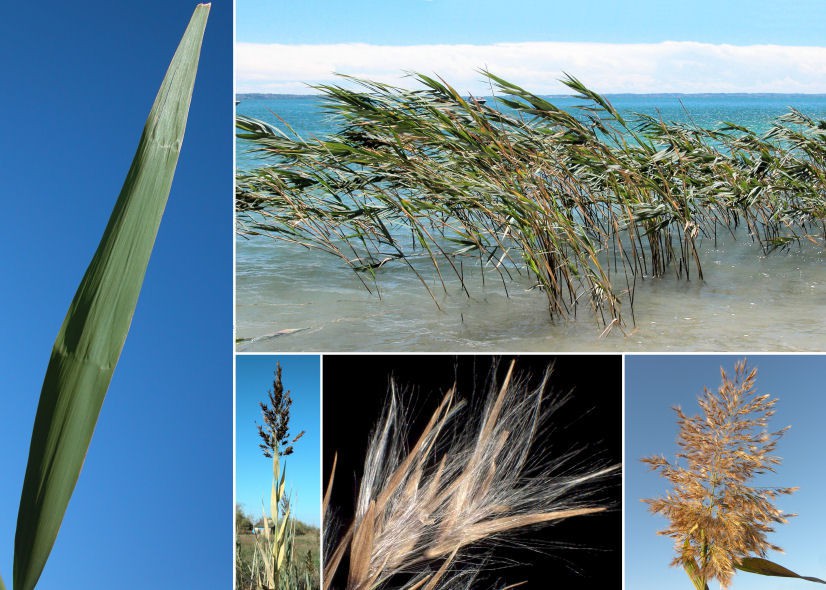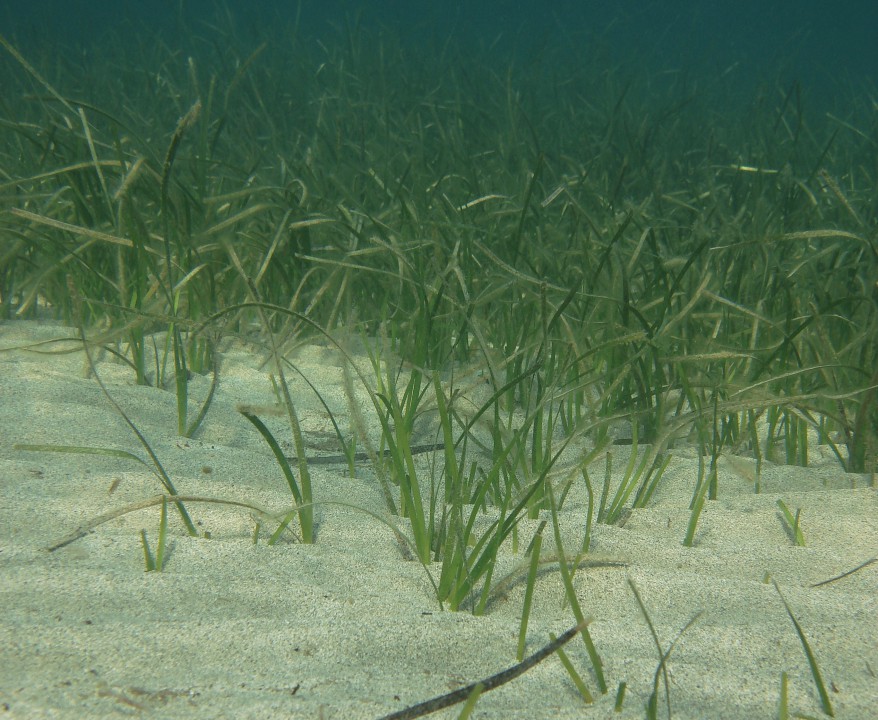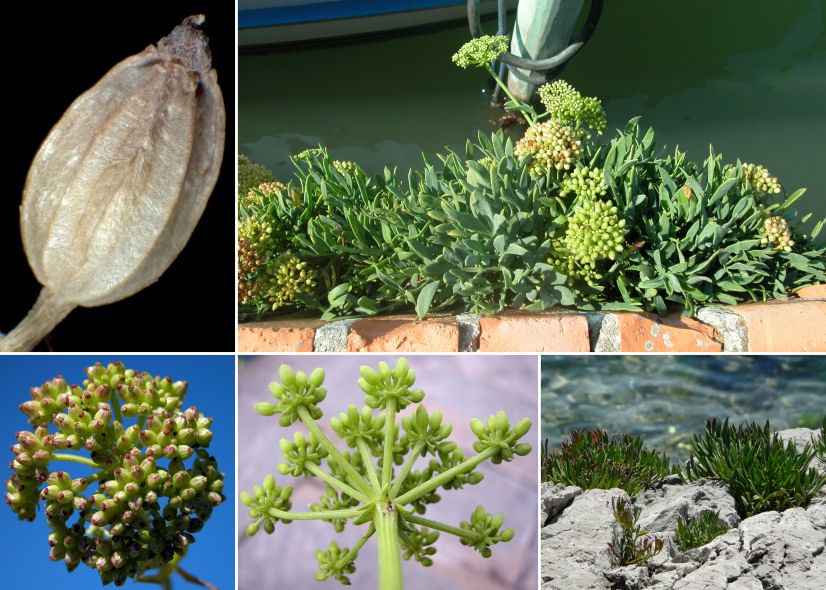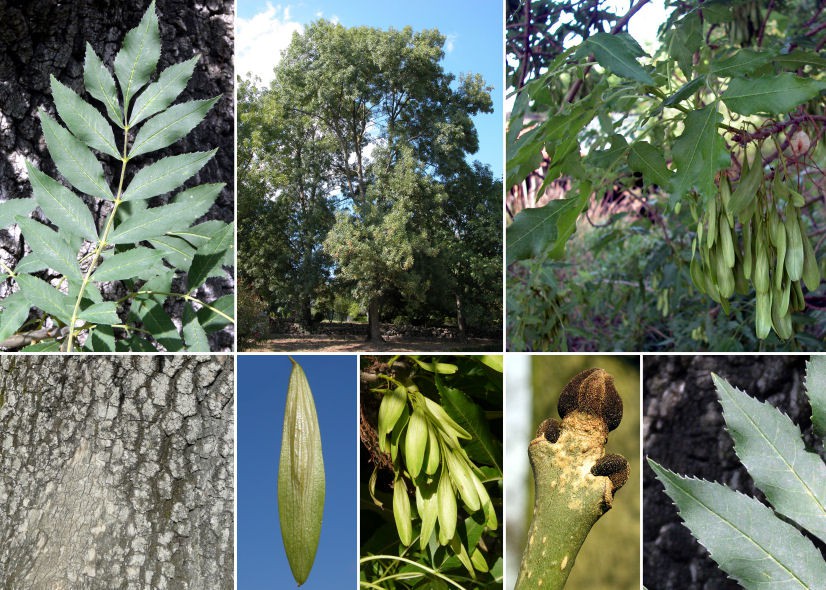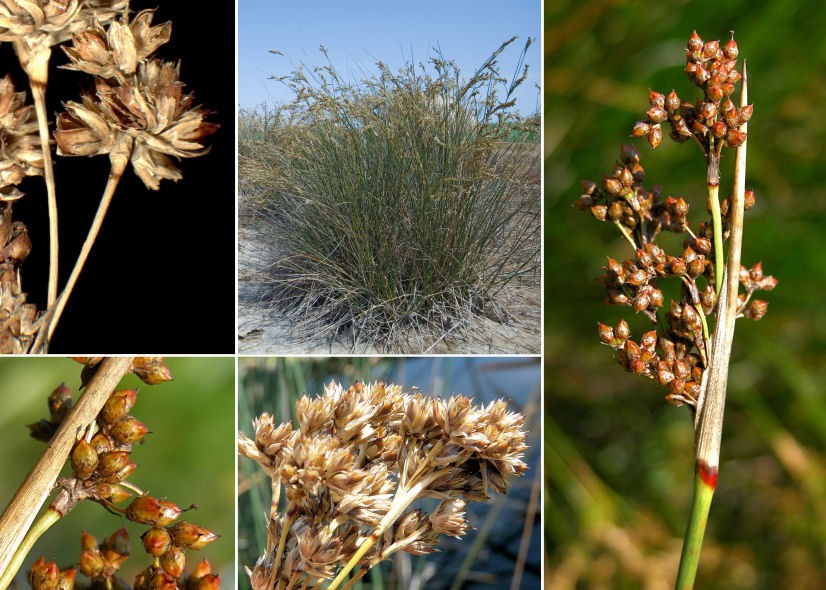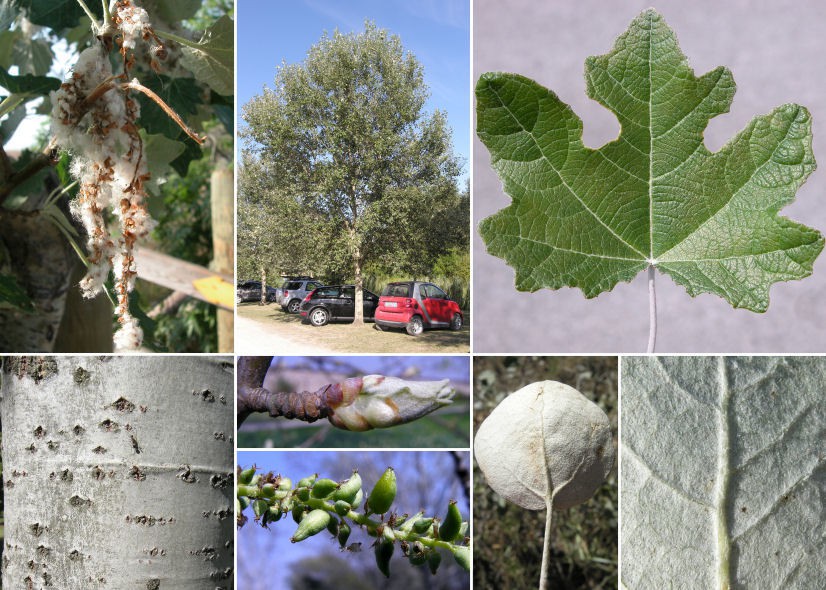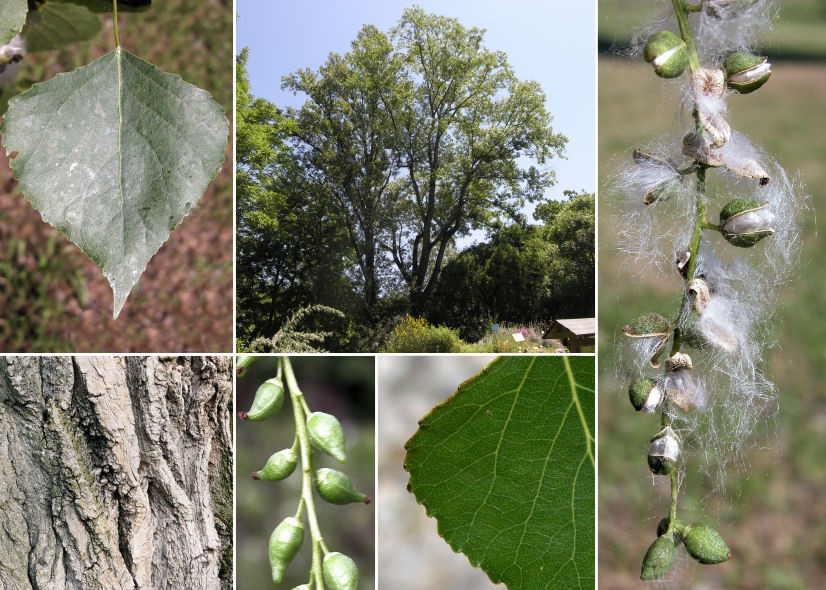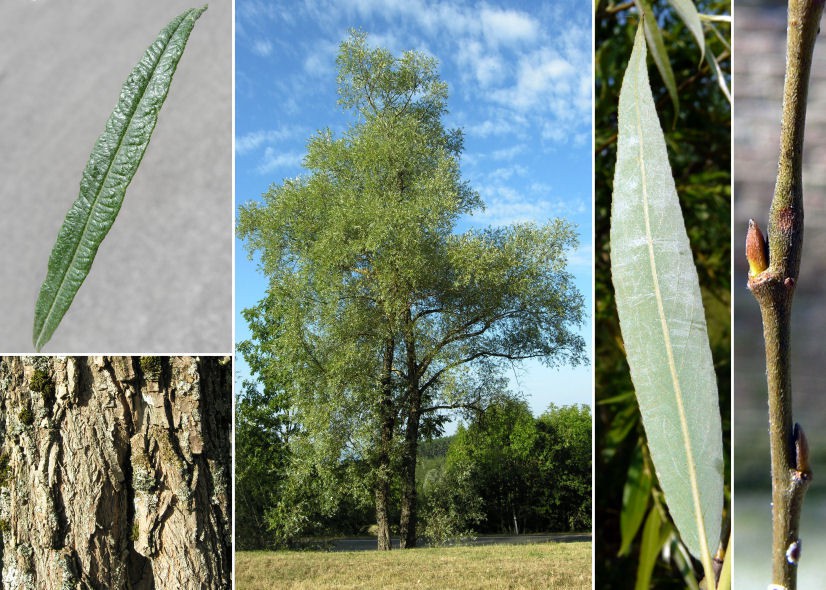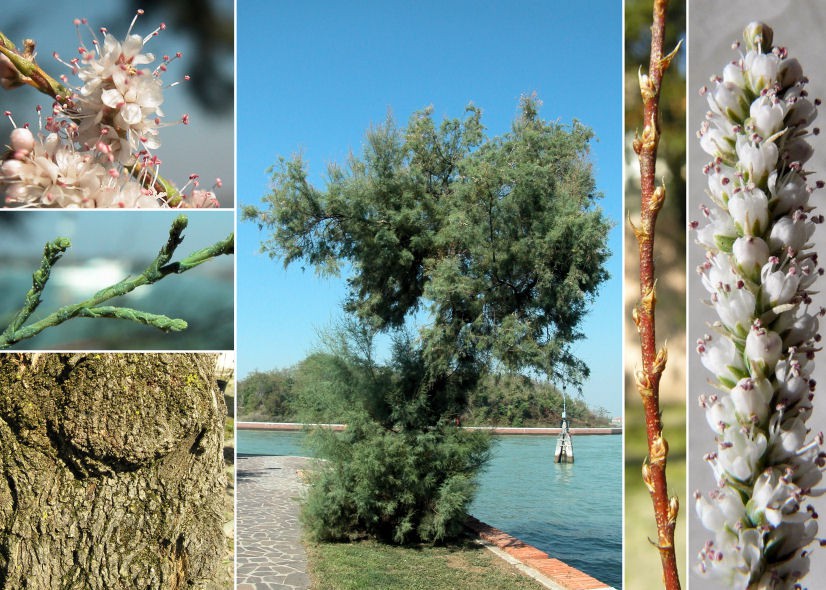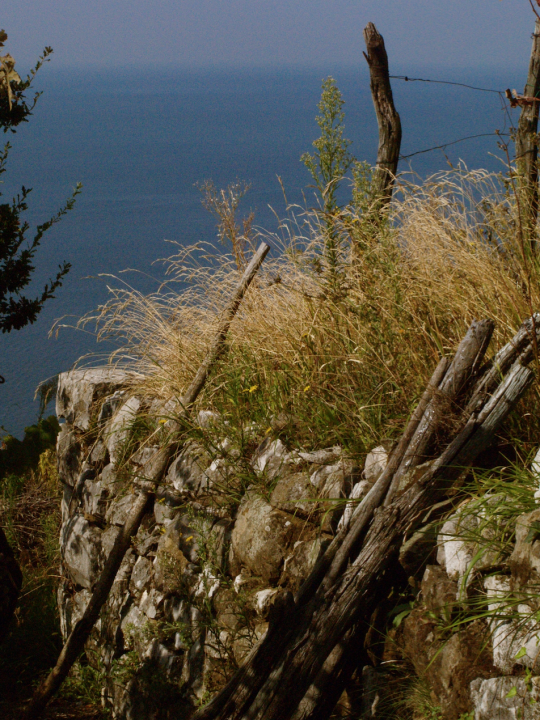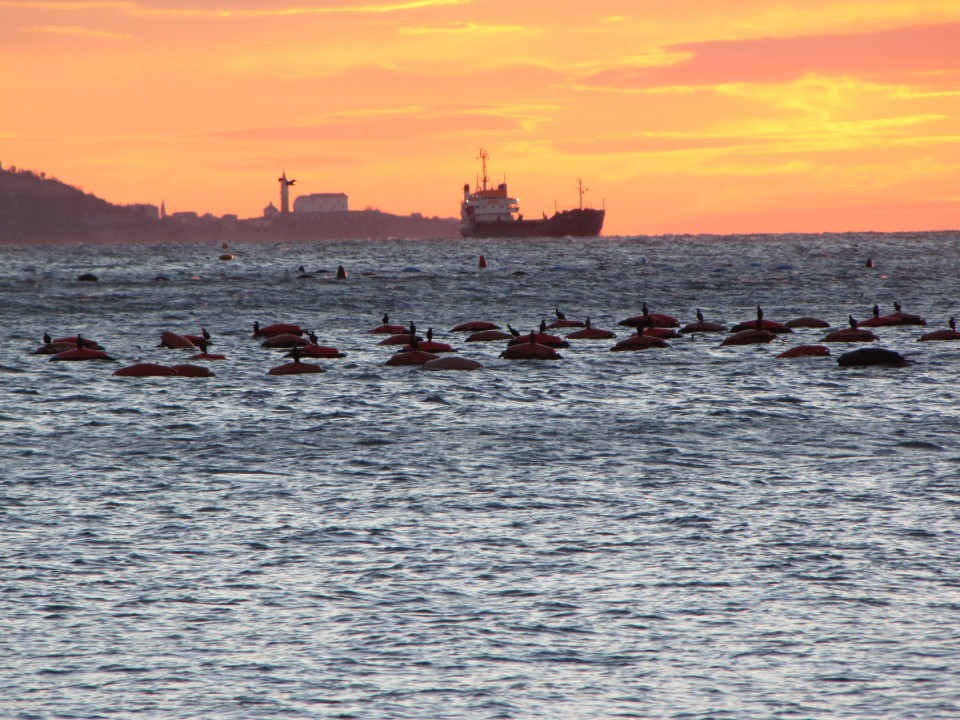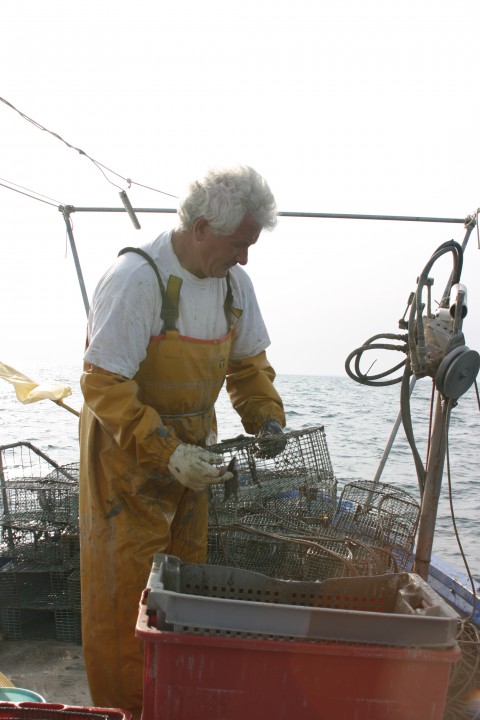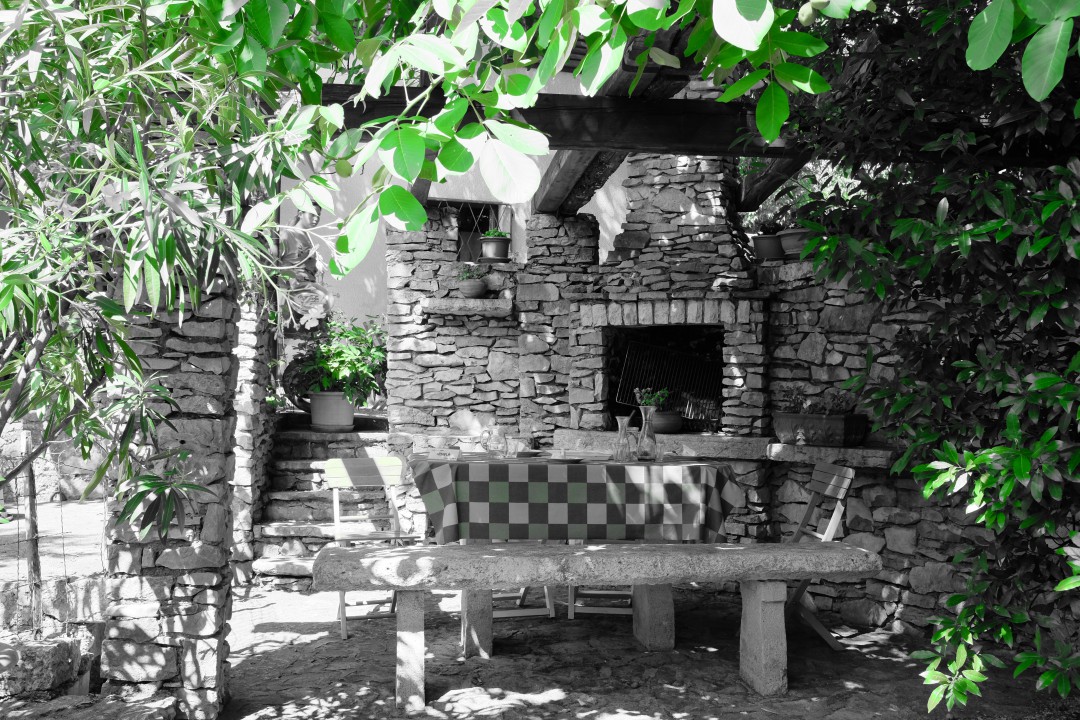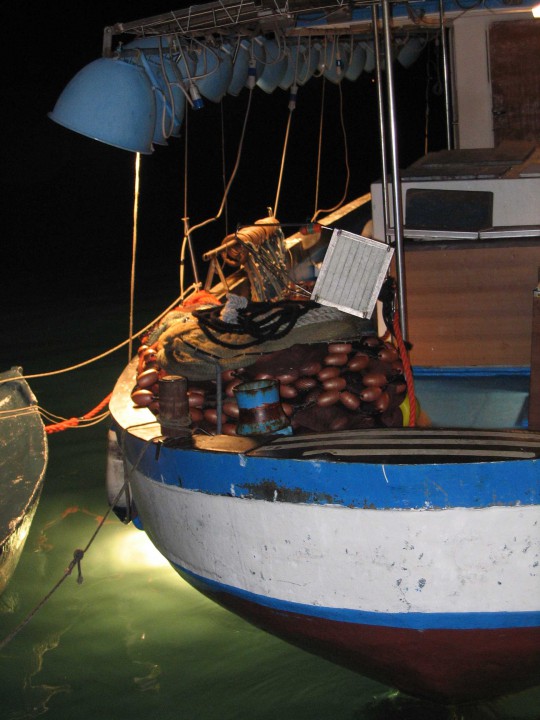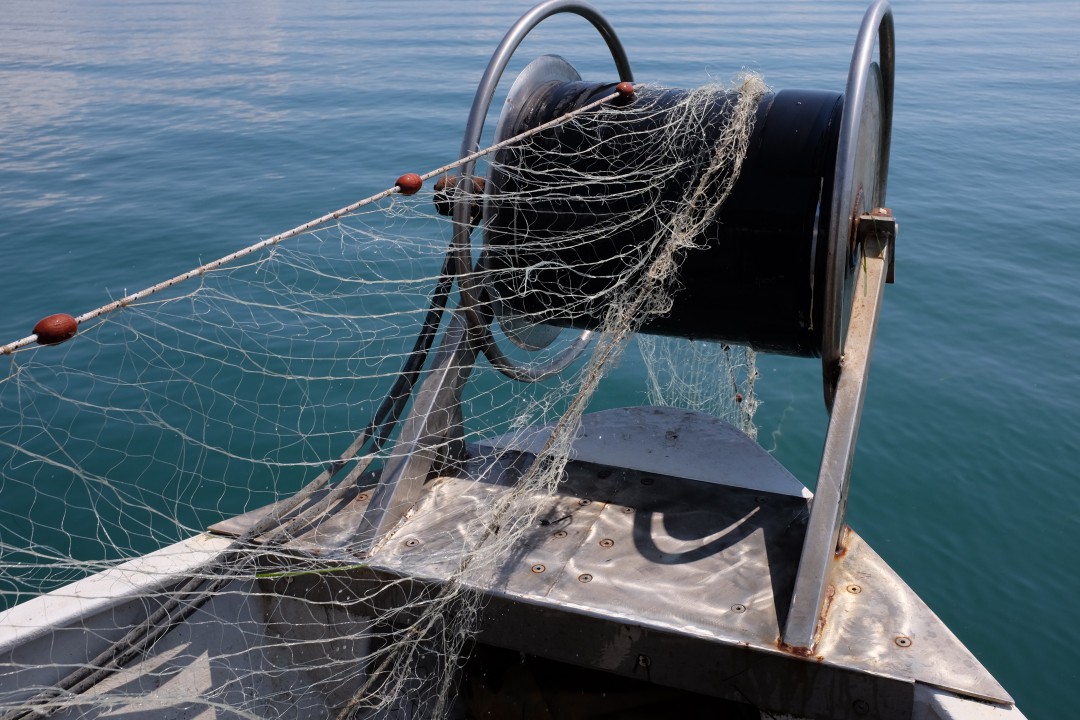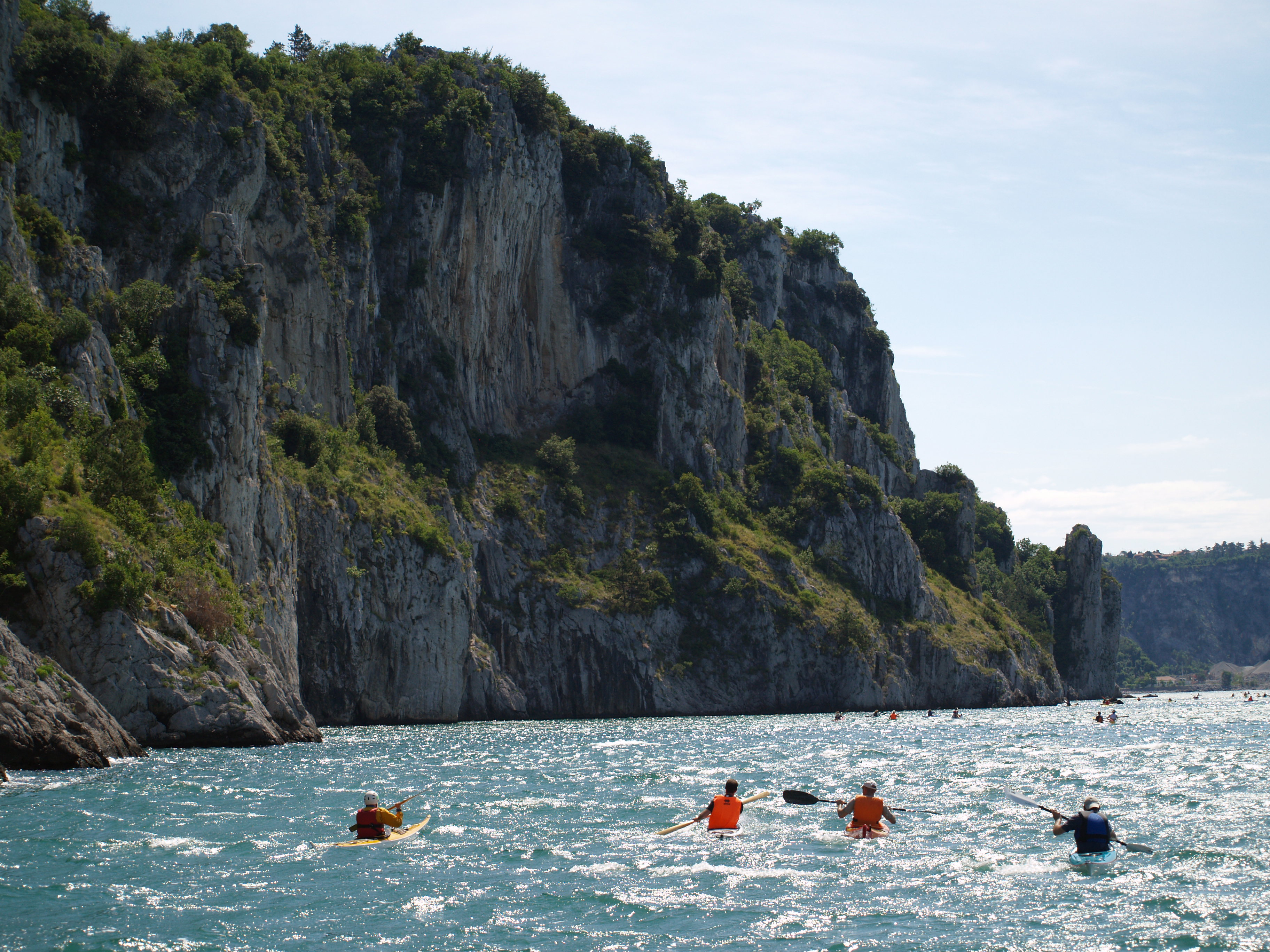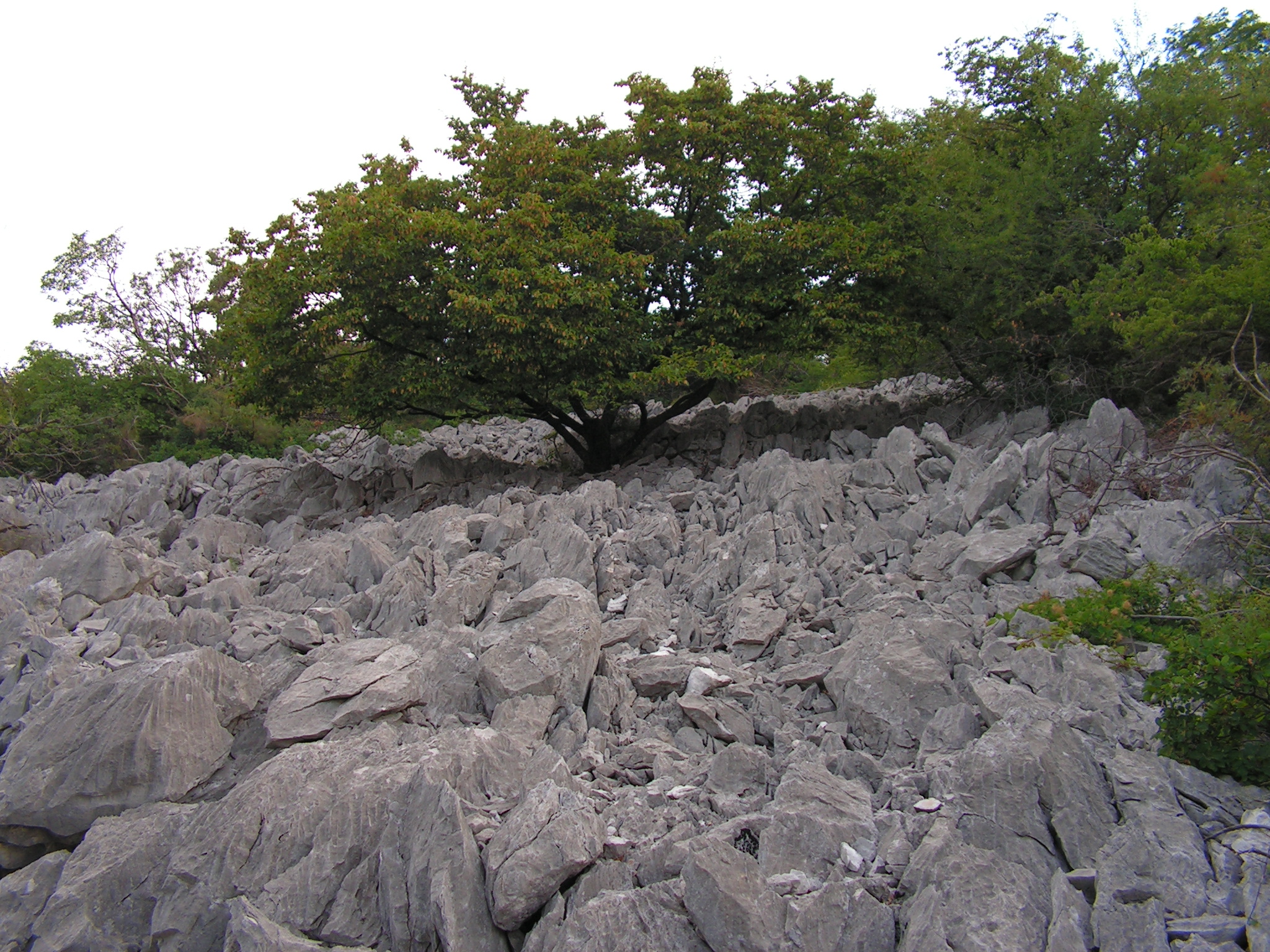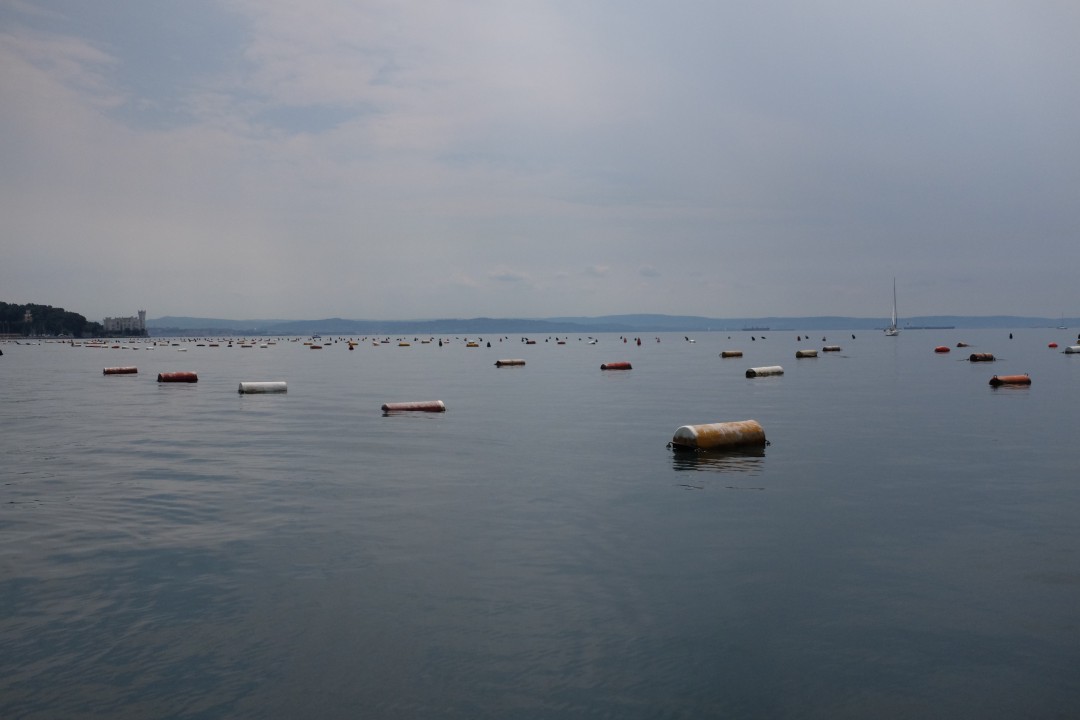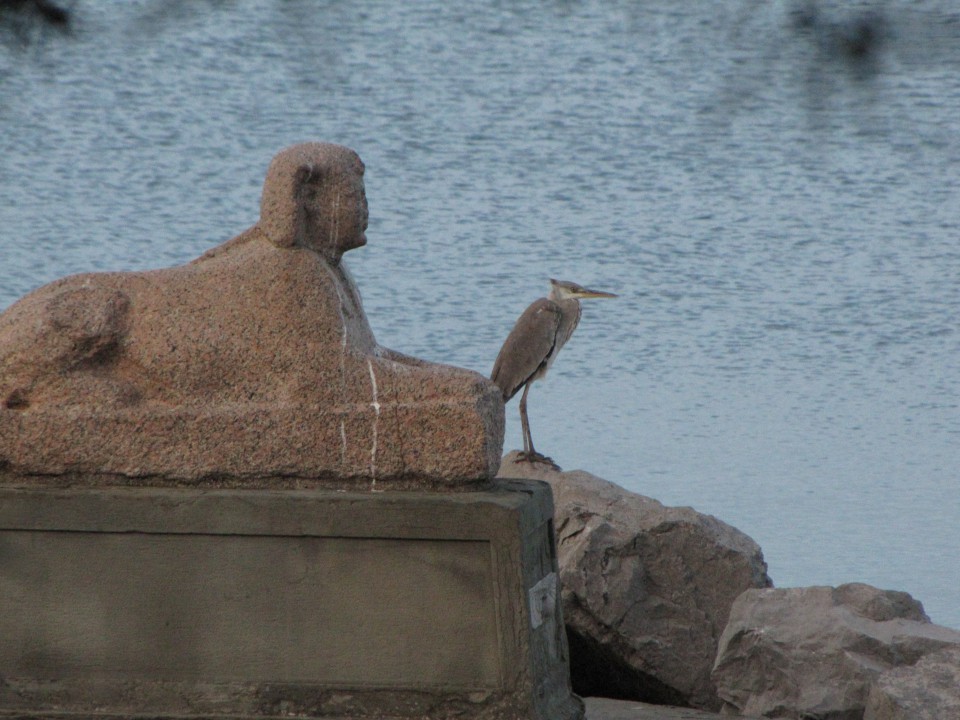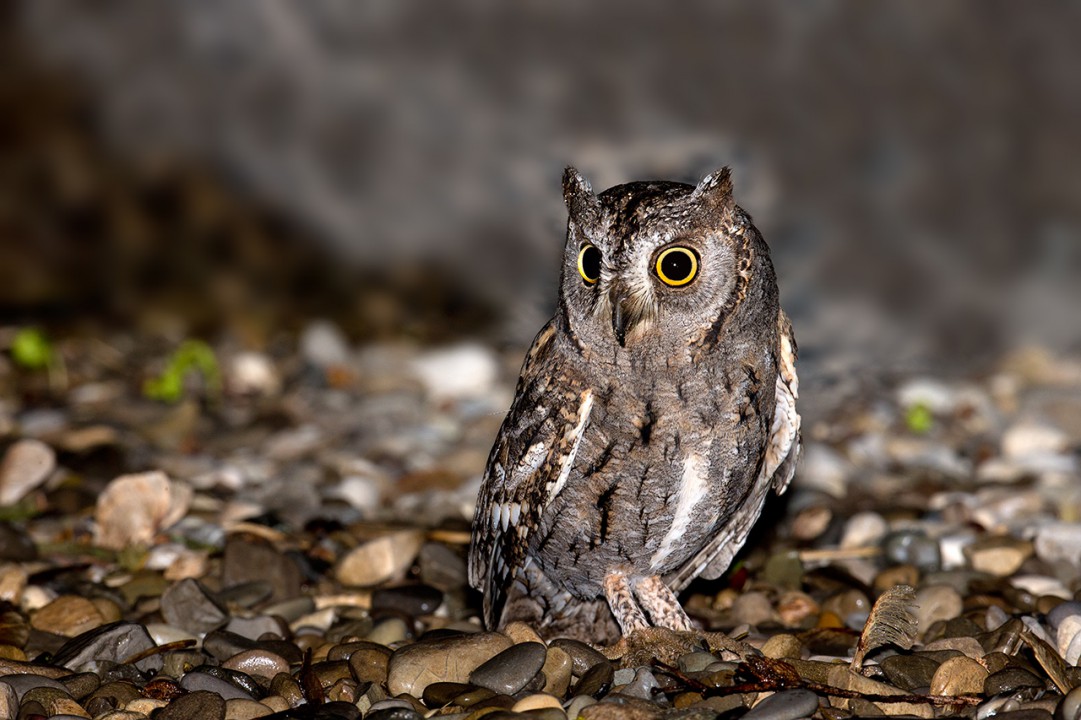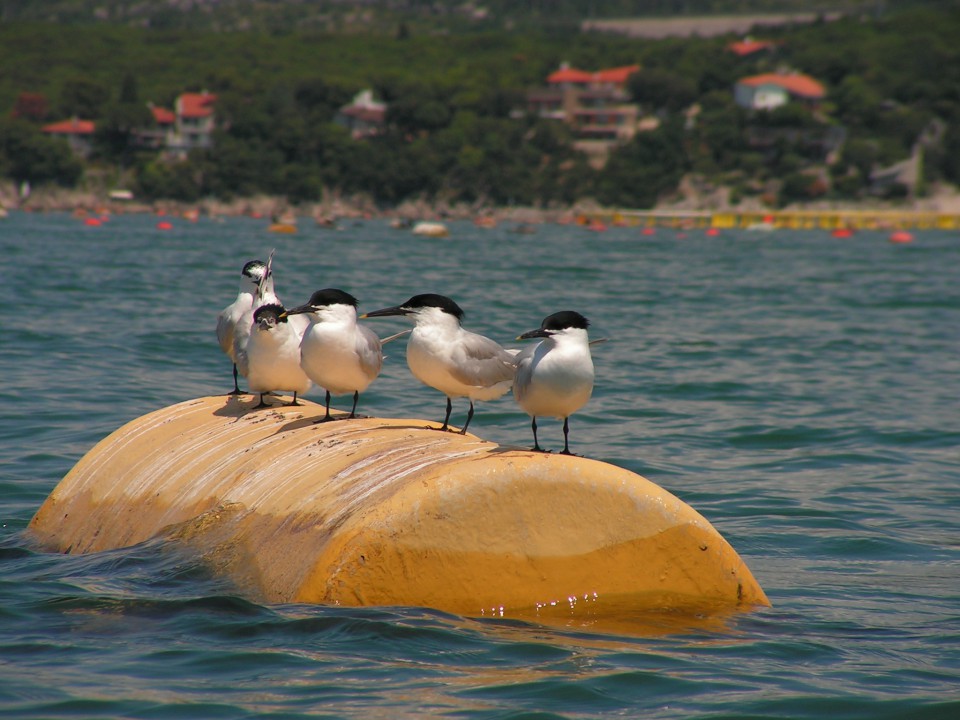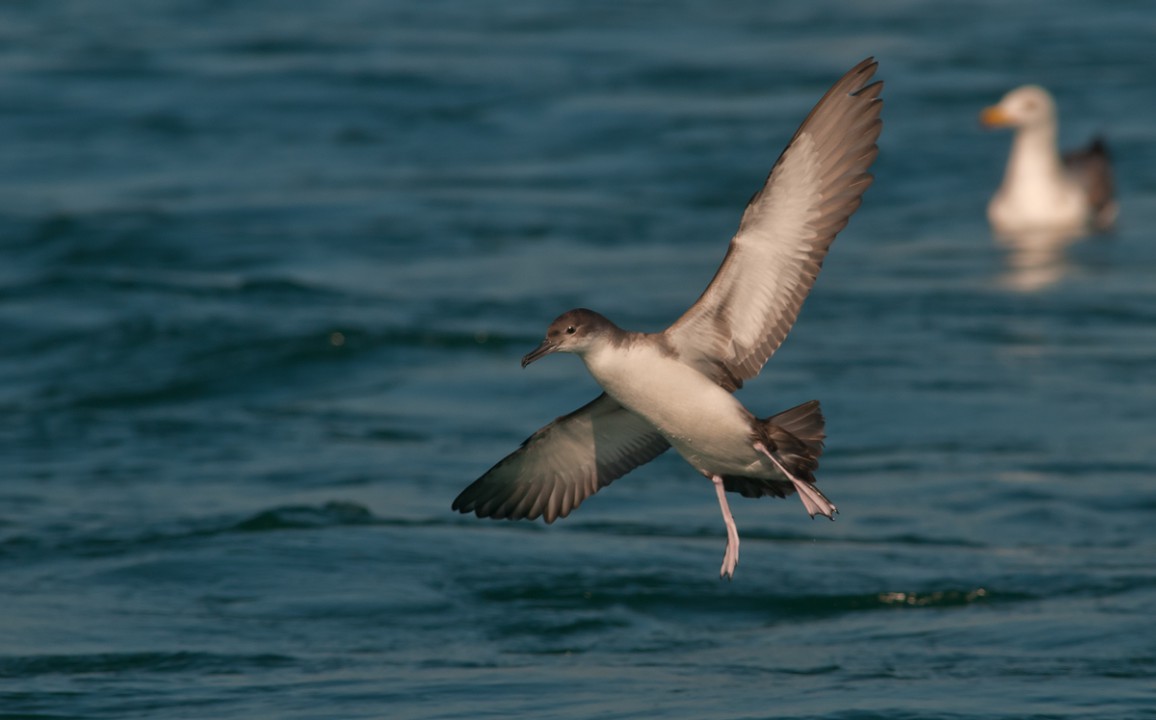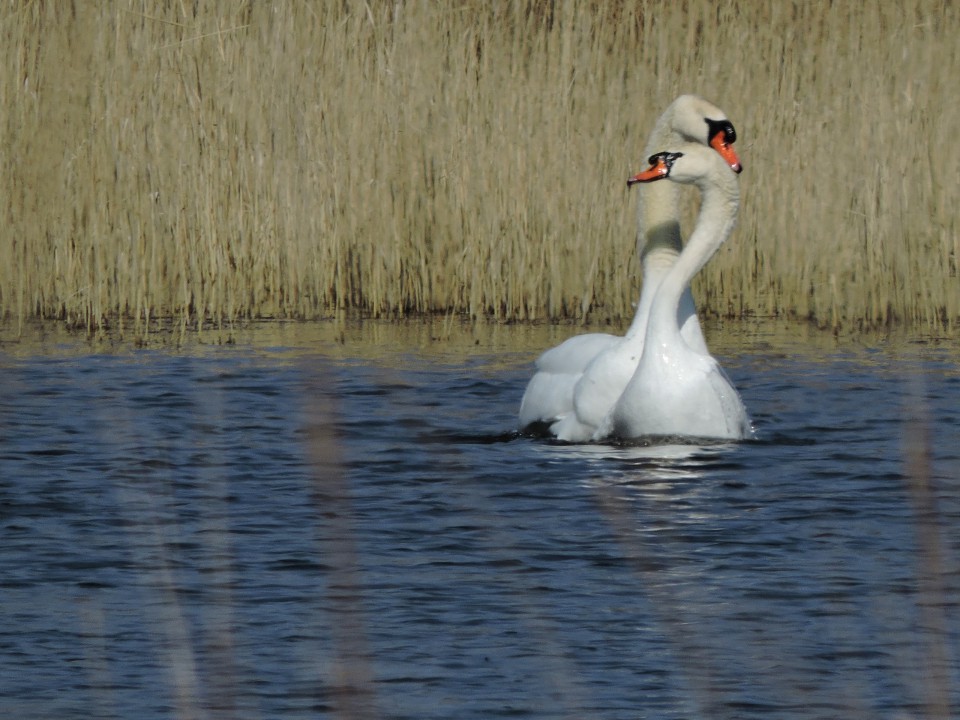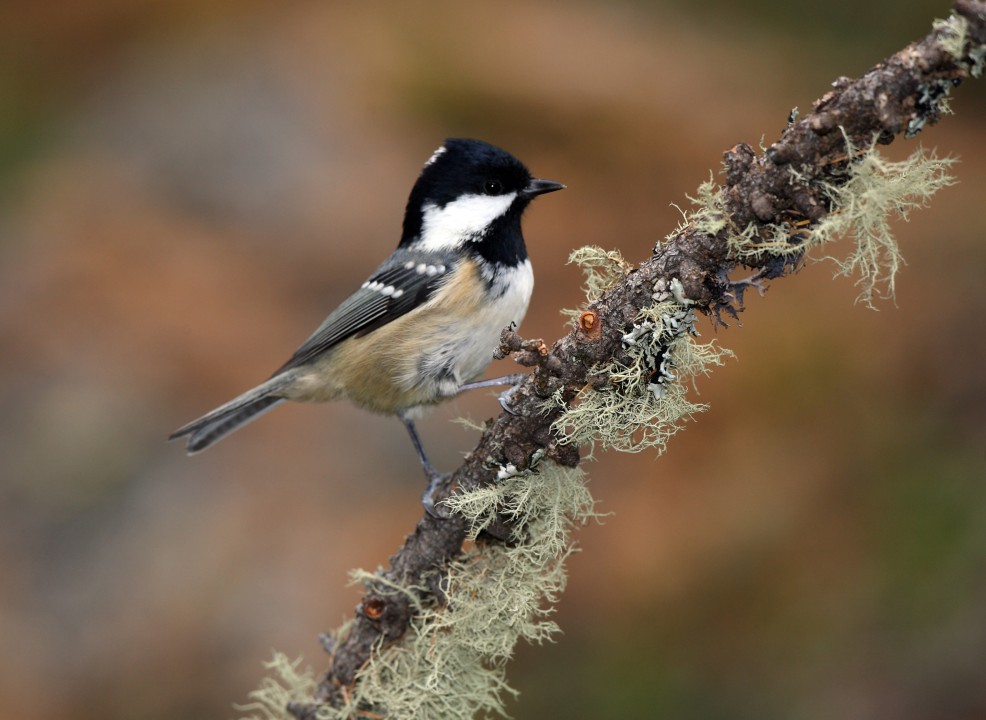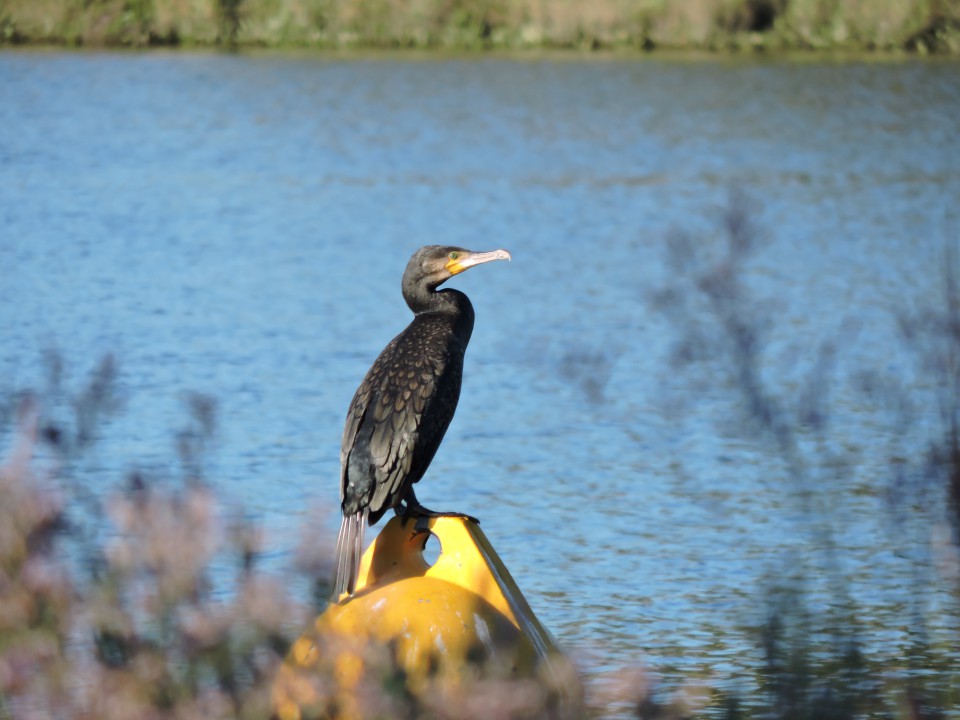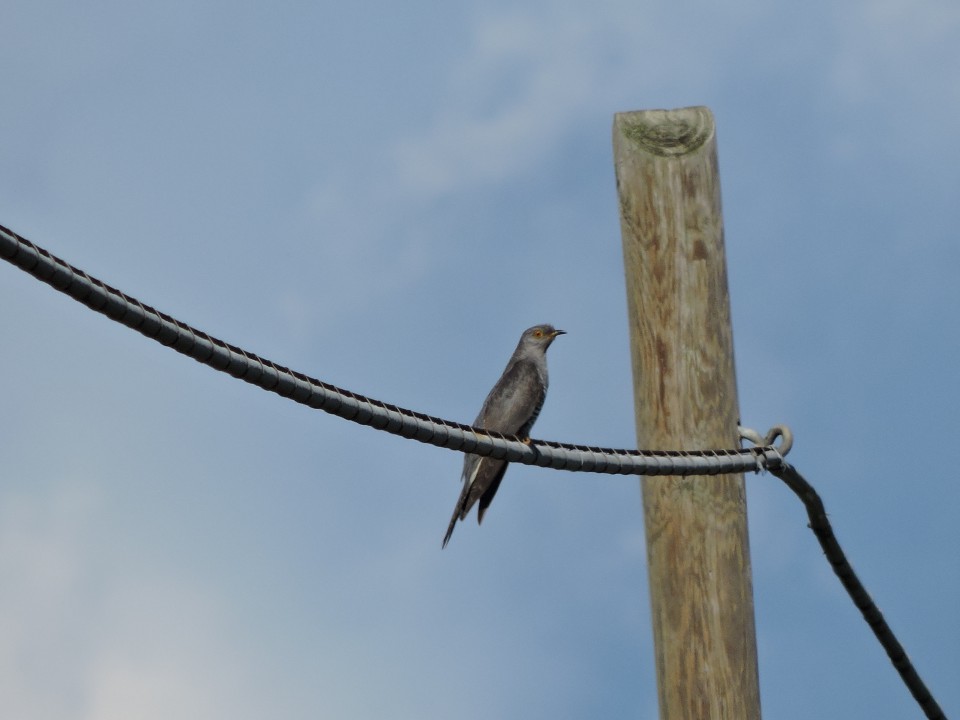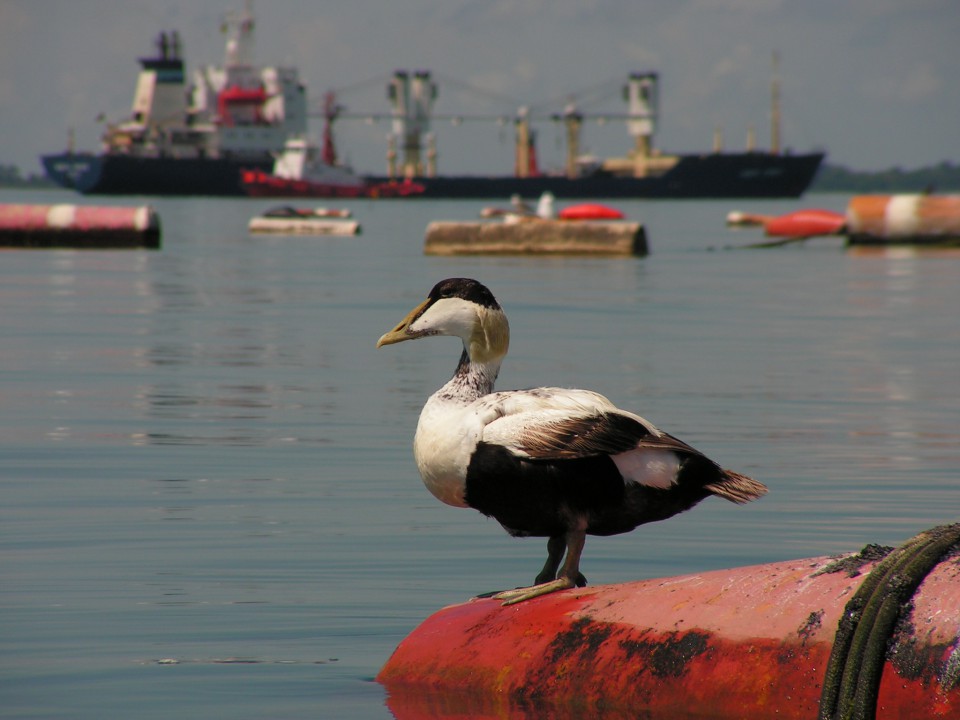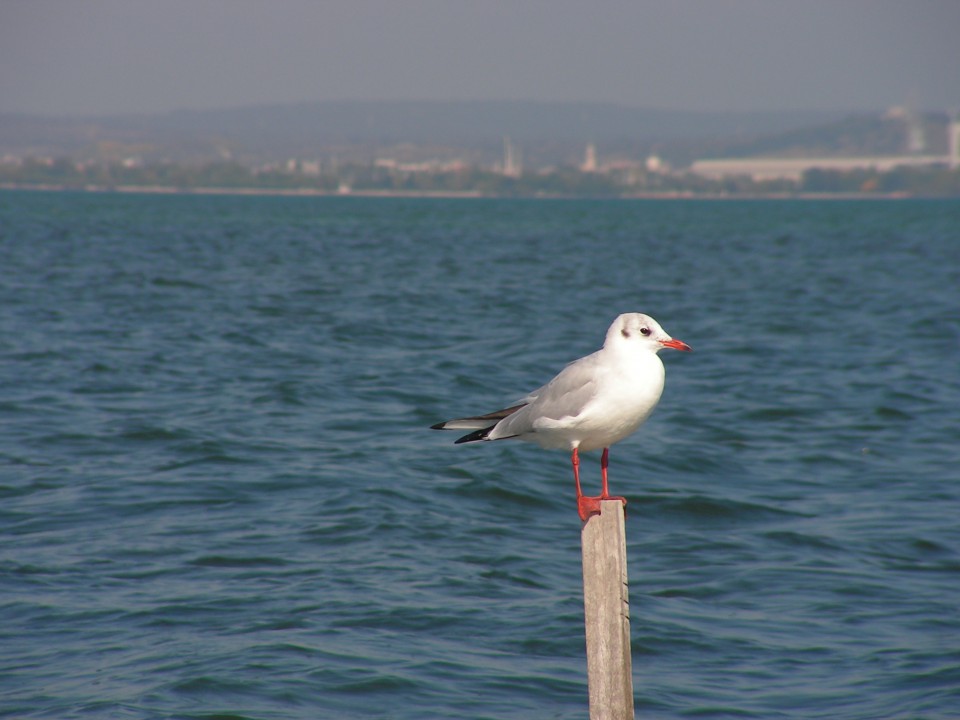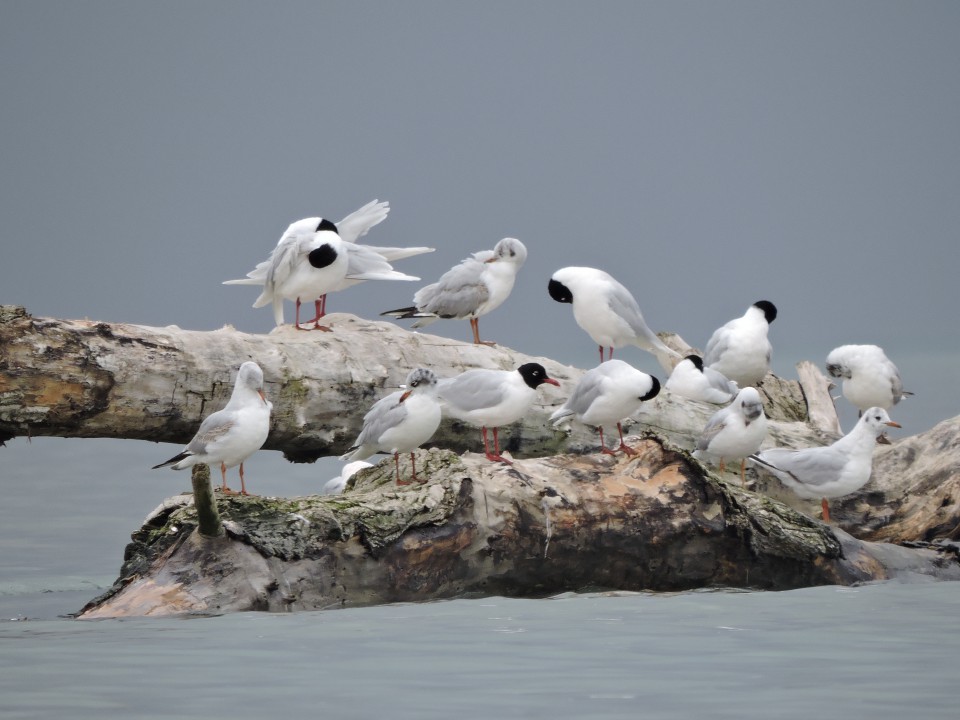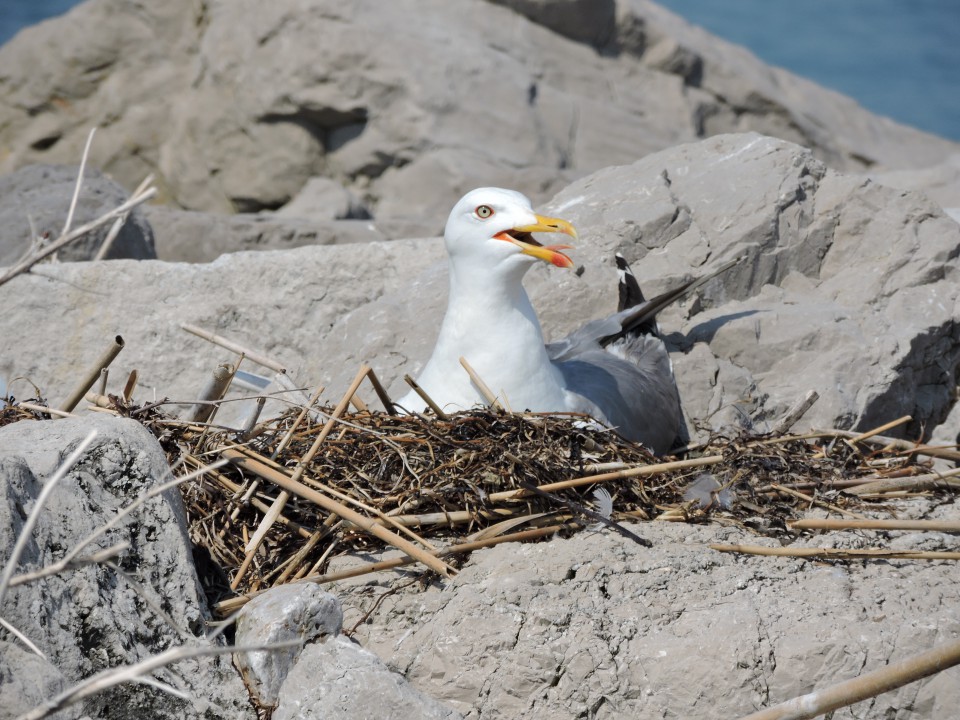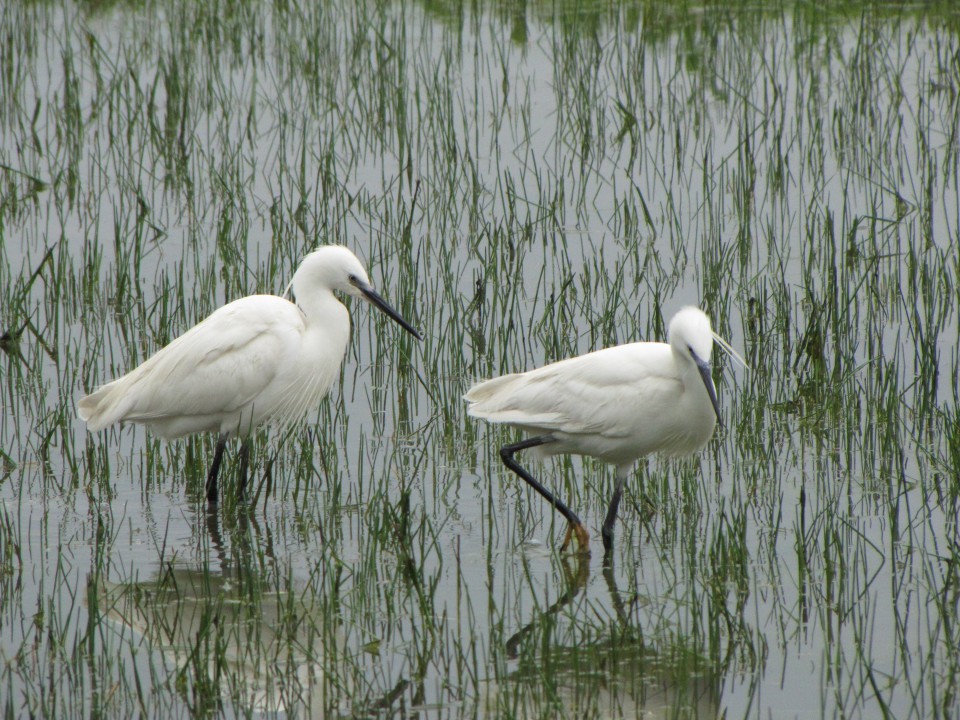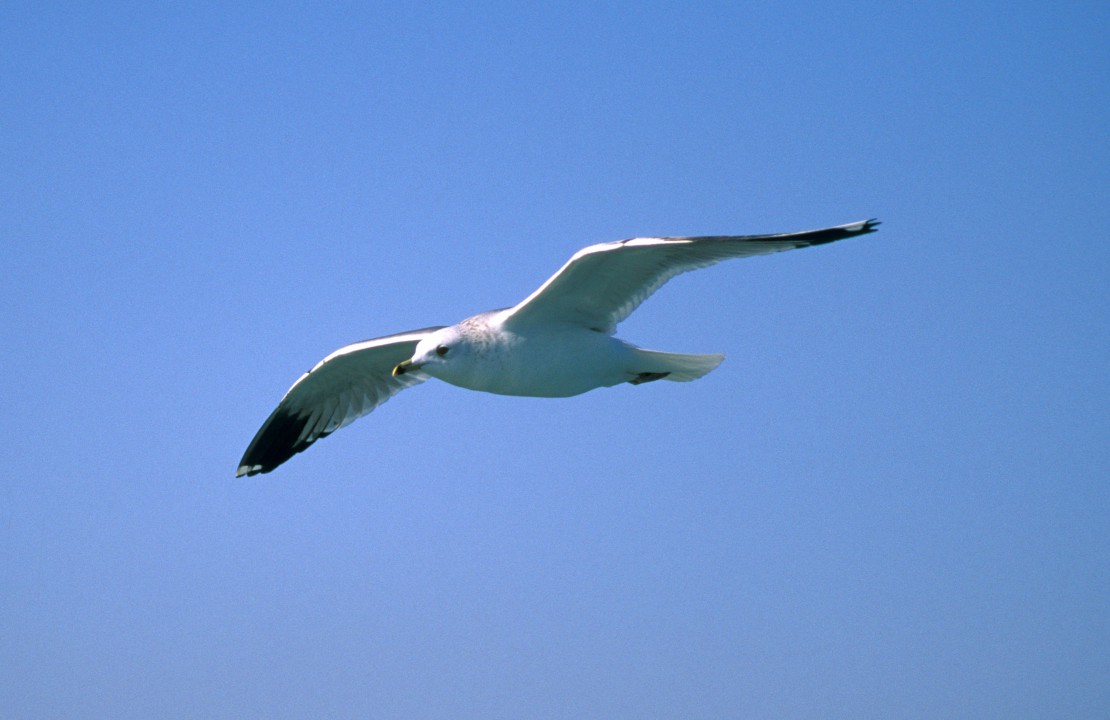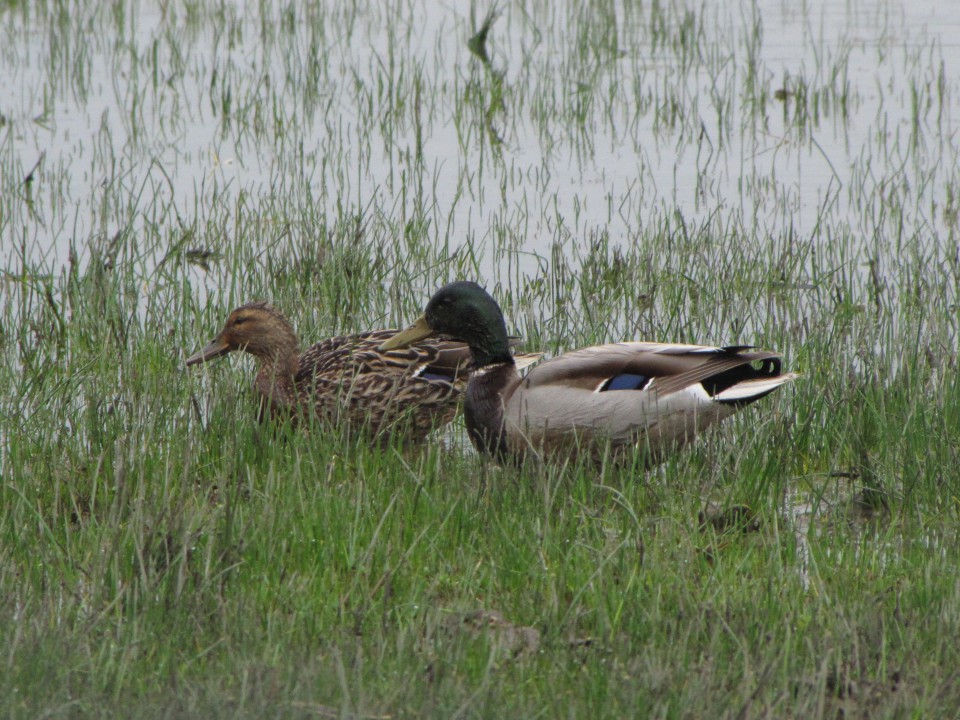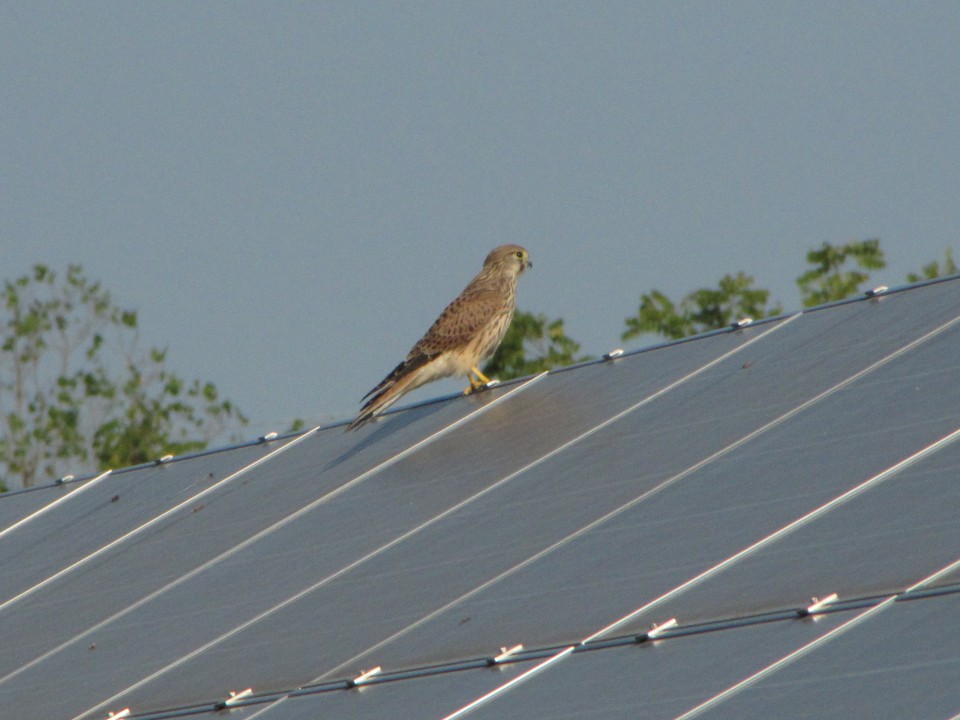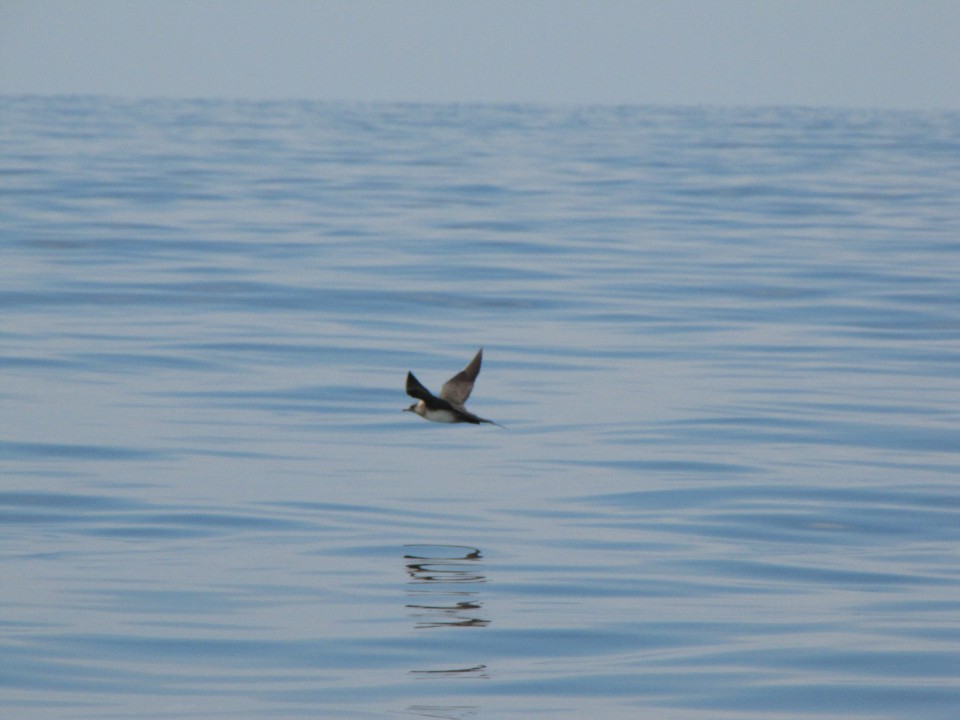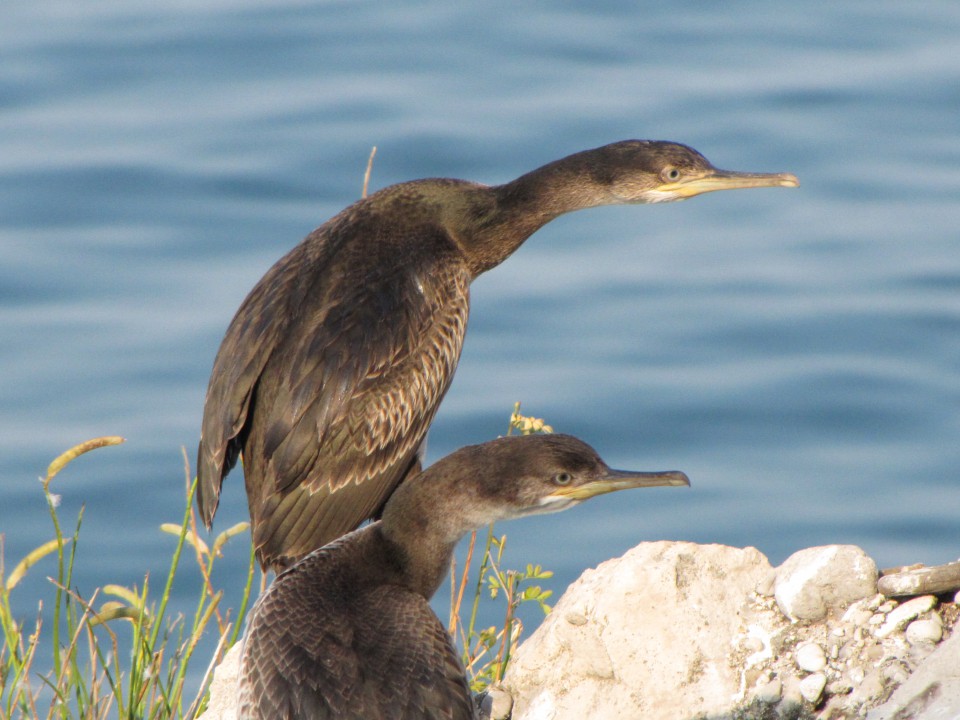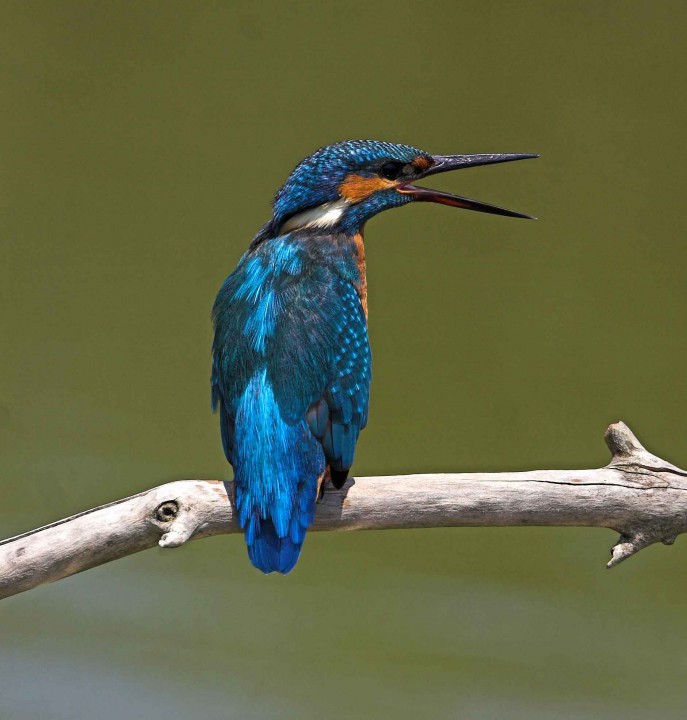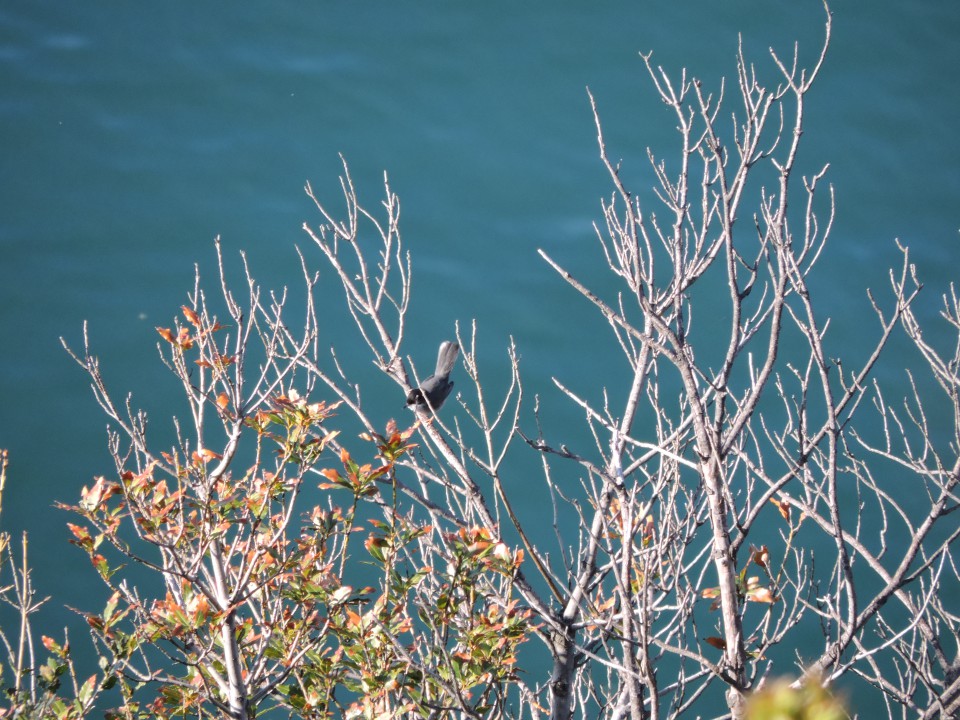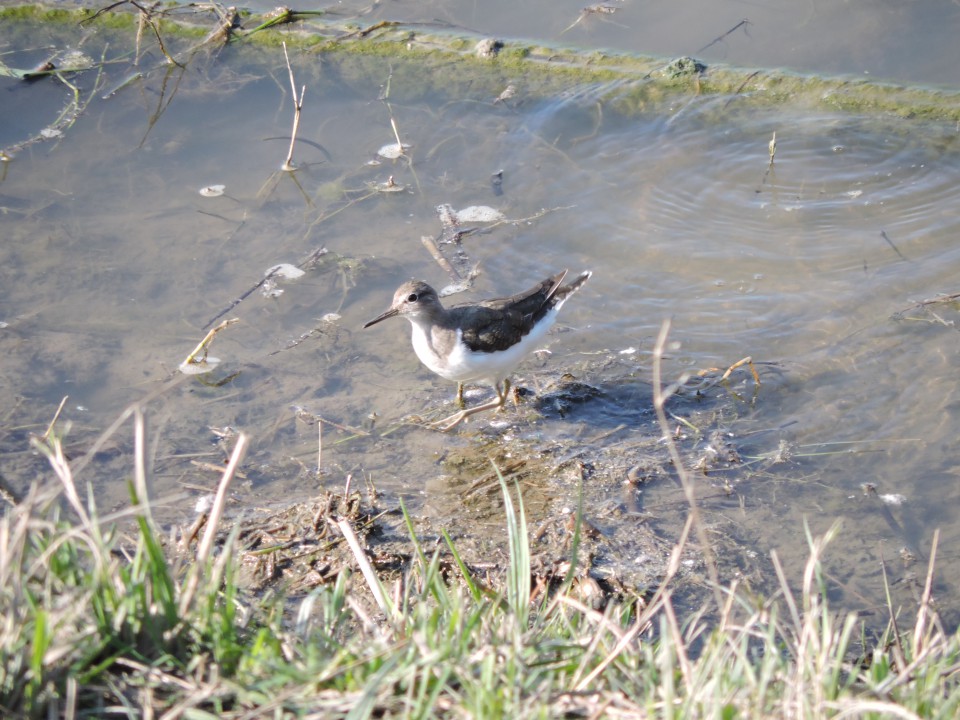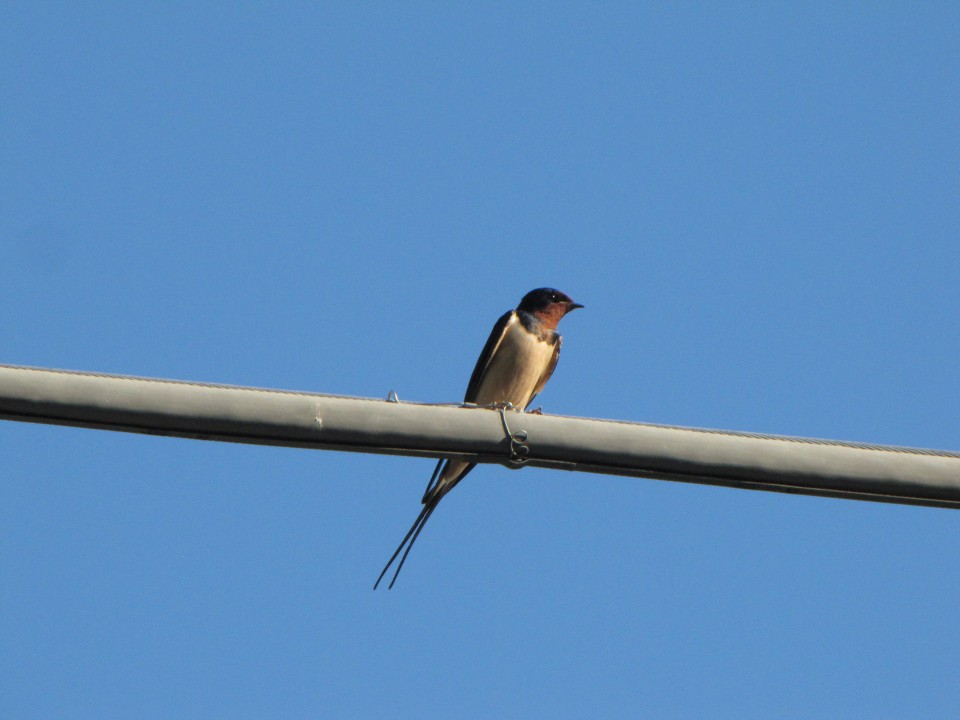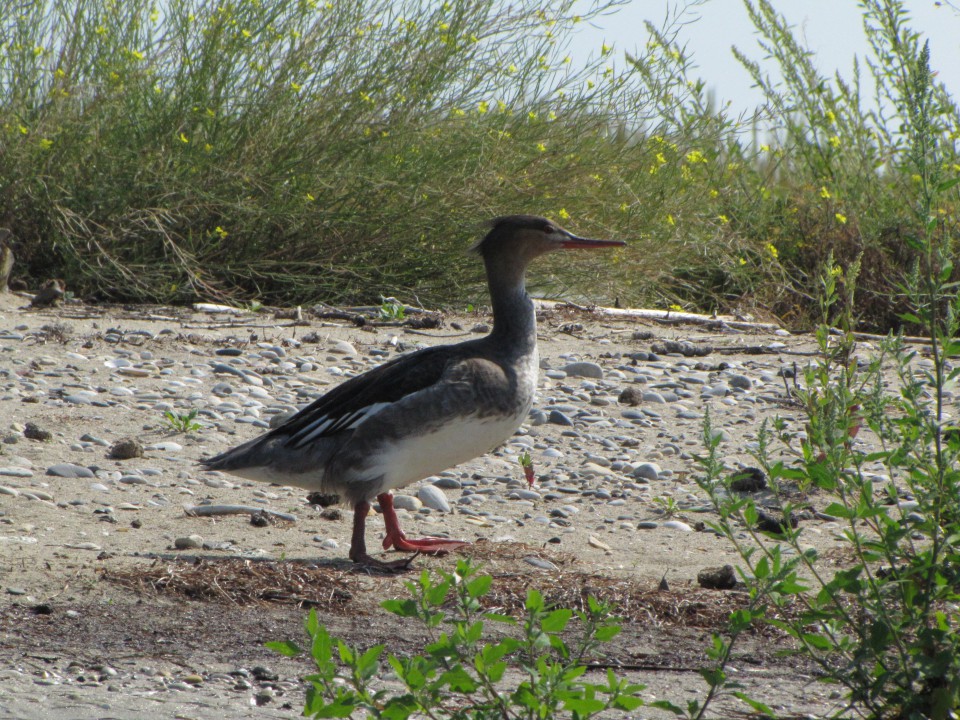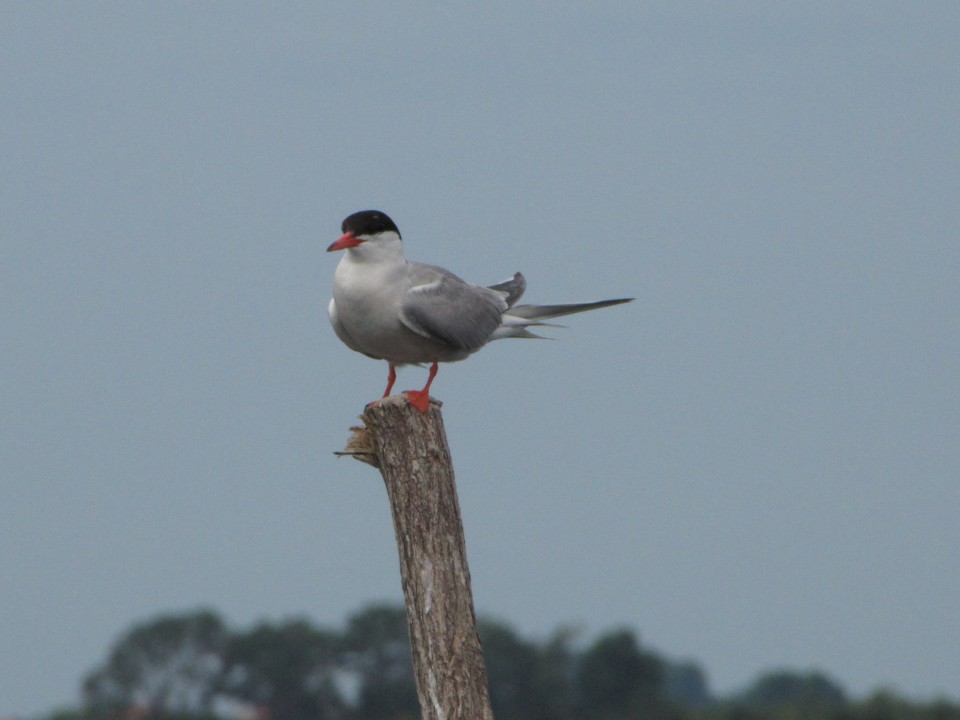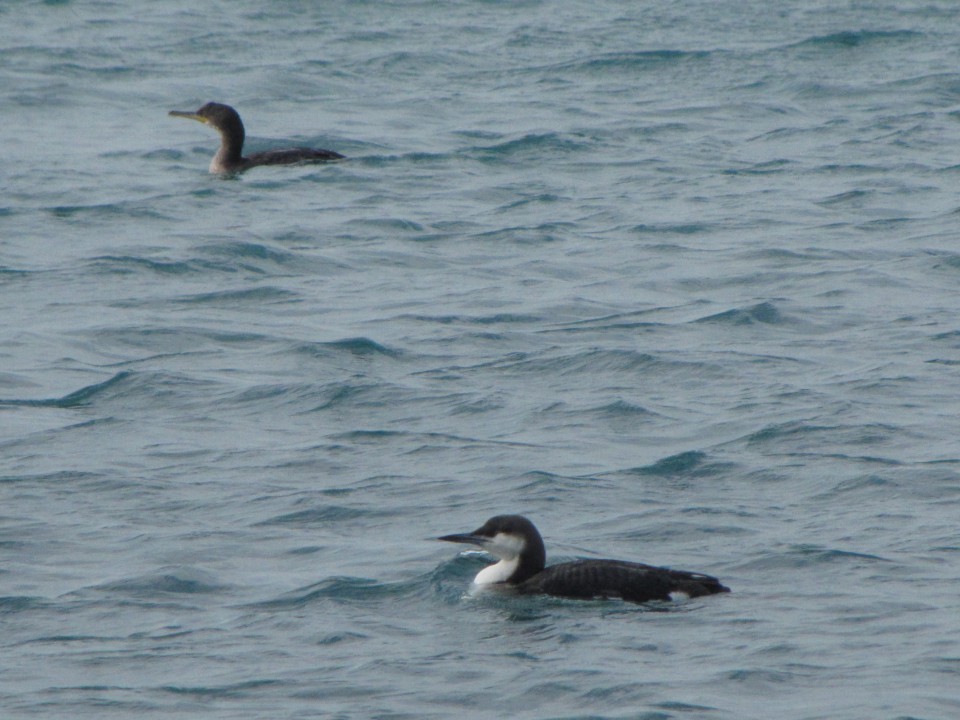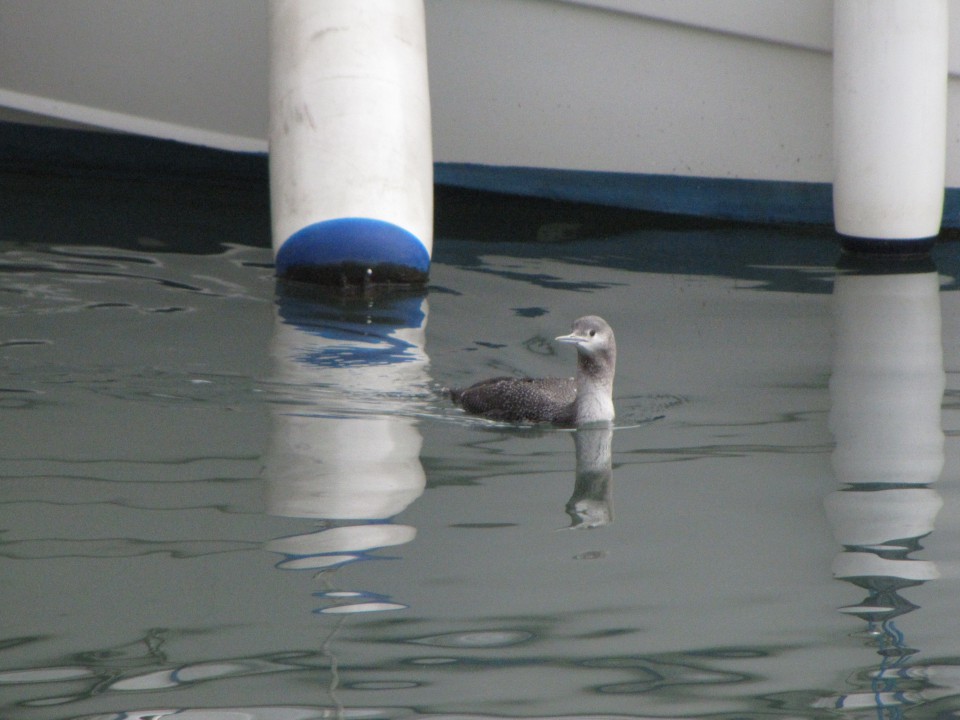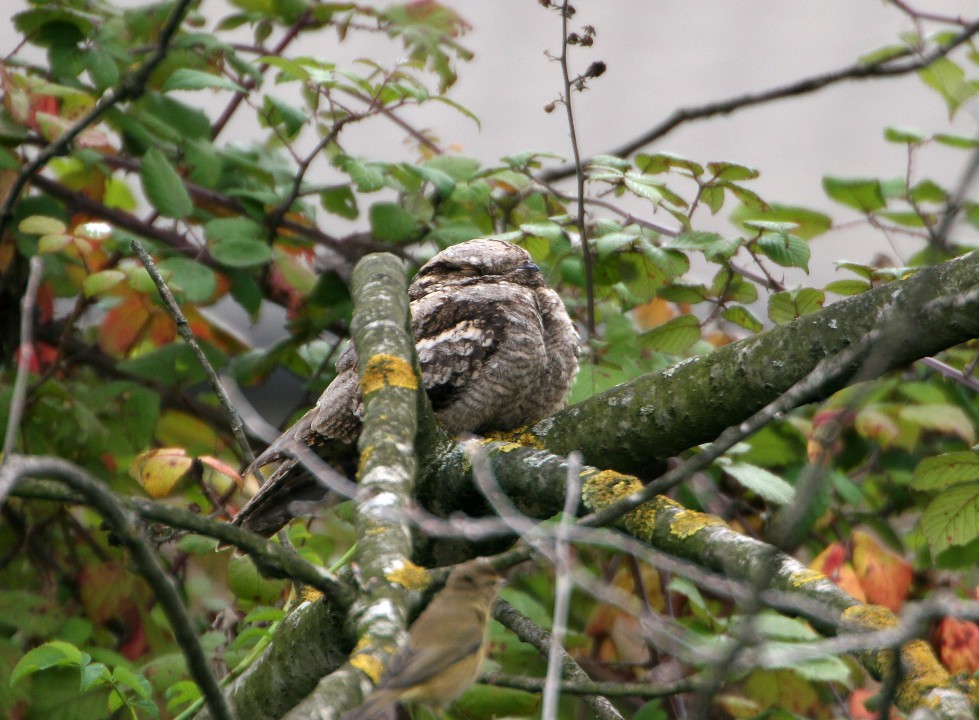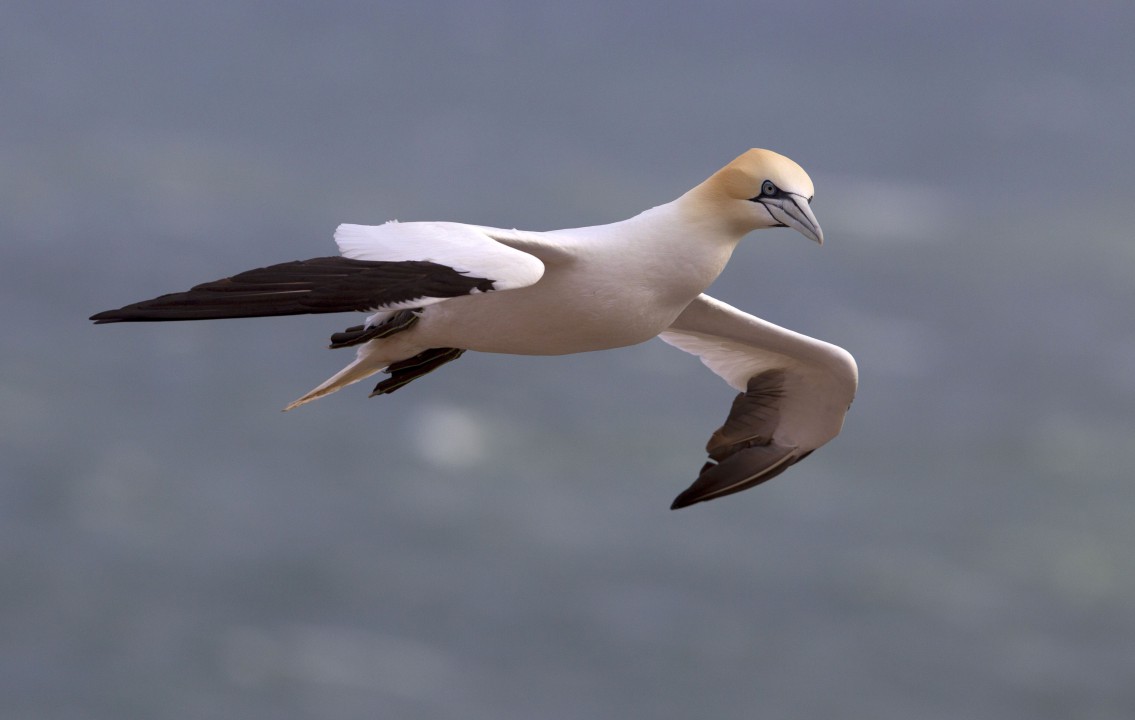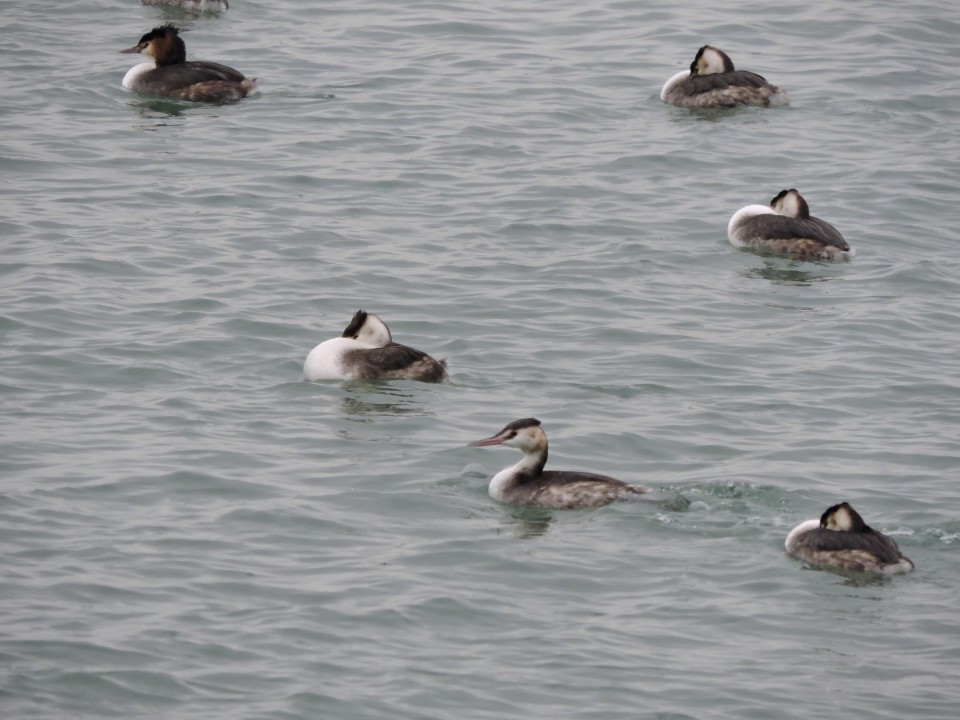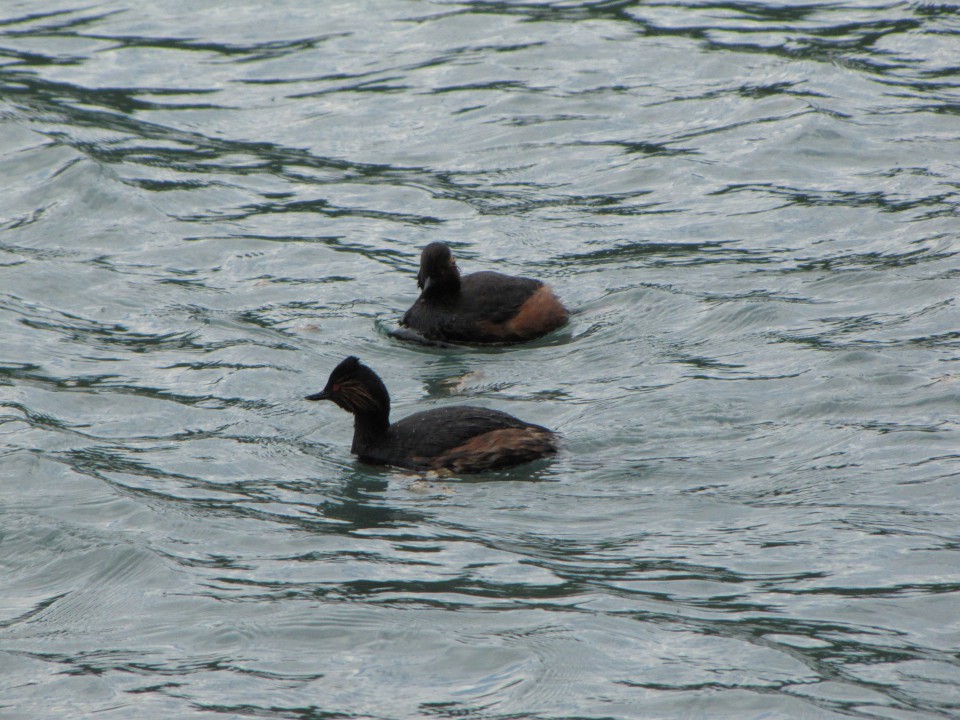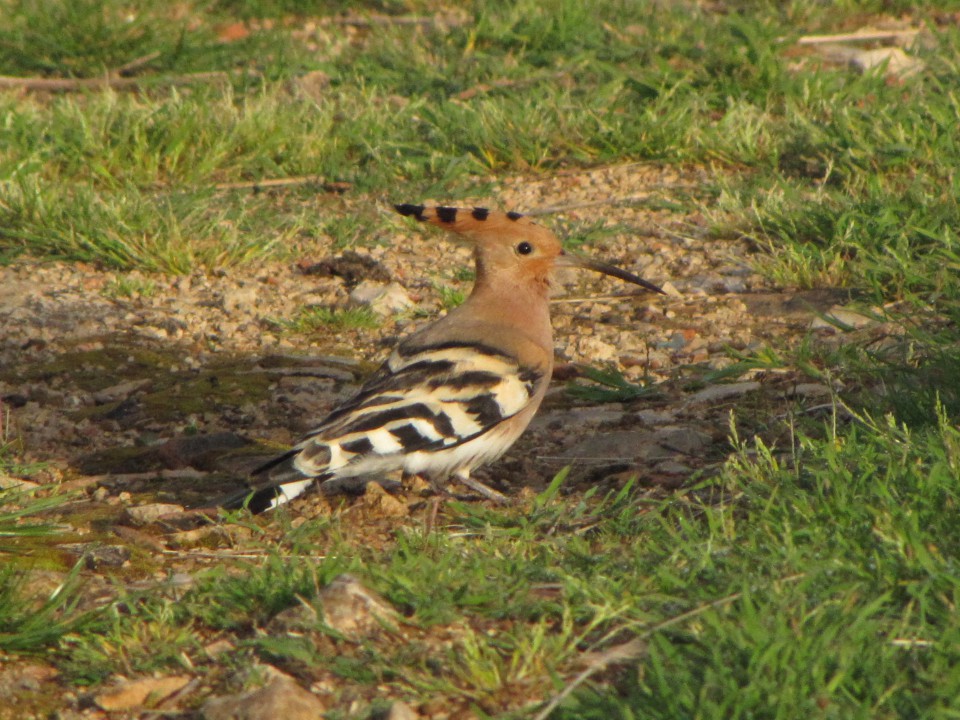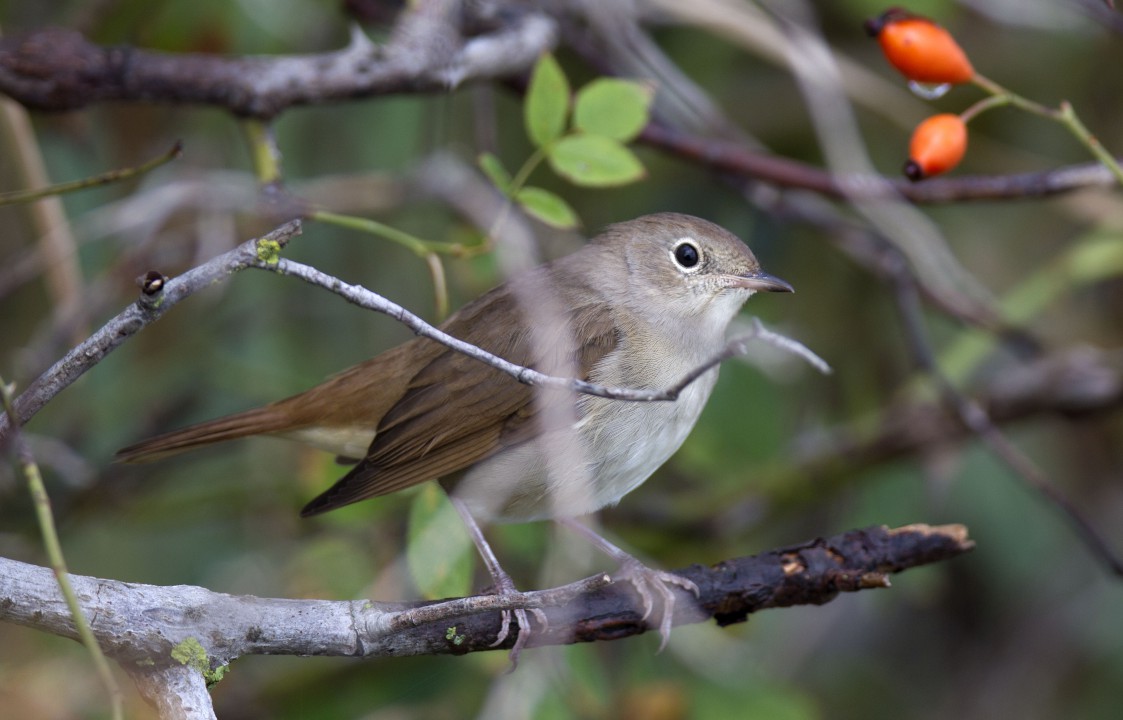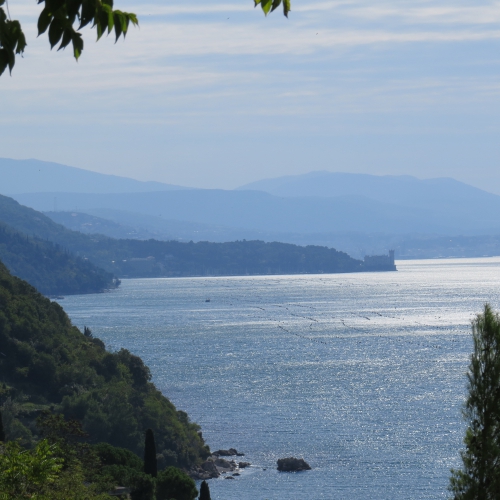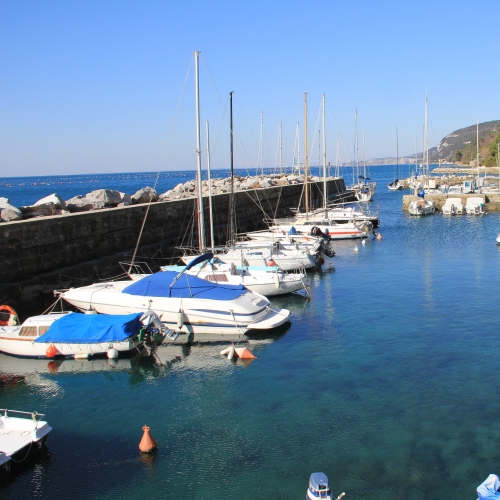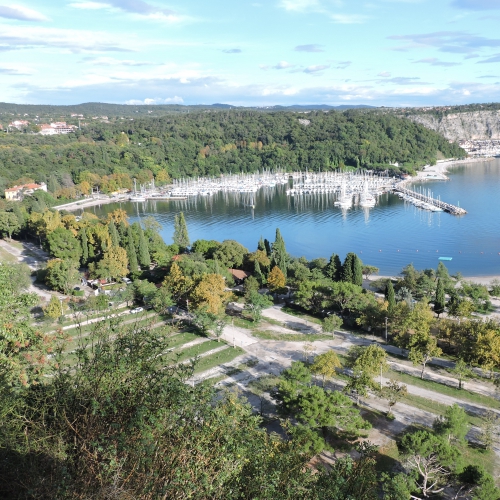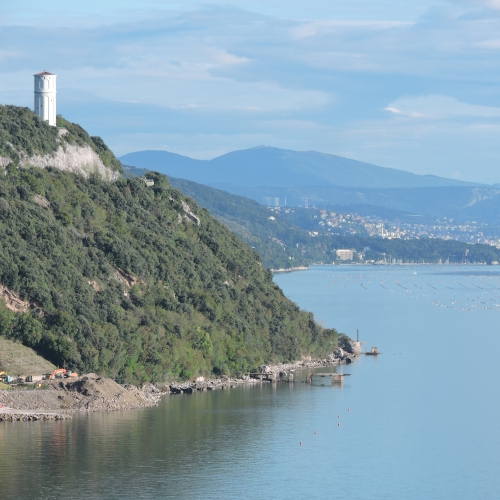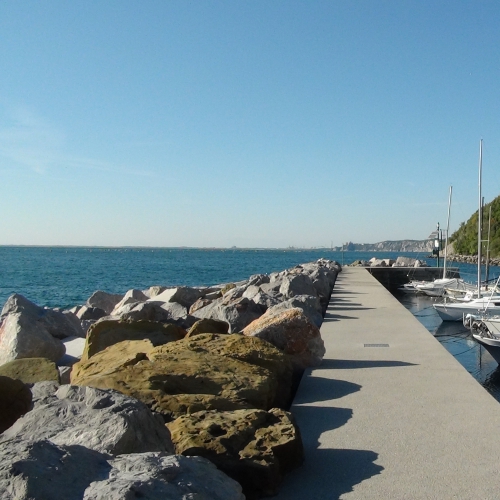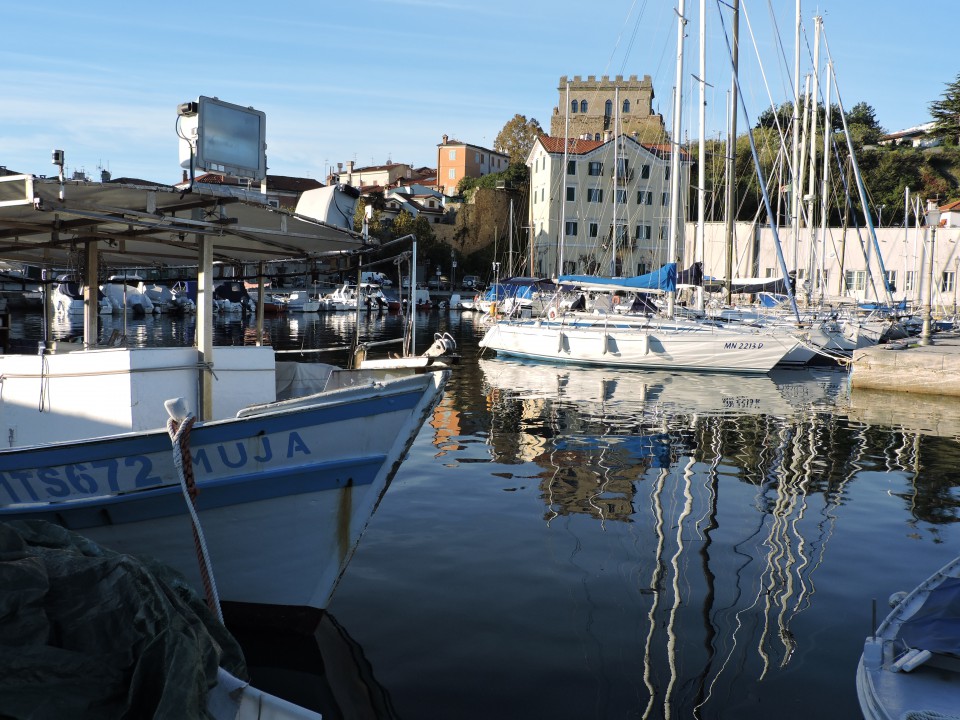
Description
The little town of Muggia is the northernmost of the Istrian coast, and is the only one to have remained in Italy in the wake of the Second World War. From the sea, one can admire the remains of the town walls and the castle built of sandstone, the “masegno” that gives the landscape a typical greyish-yellow colour. Much of Trieste’s Old Port (‘Porto Vecchio’) was built of sandstone from Muggia.
Places of interest
The bay is occupied by a series of major industrial sites, including the terminal of the Transalpine Trieste – Ingoldstadt oil pipeline,...
Fish
The anchovy is a small, pelagic, migratory and gregarious fish. It lives in deep water throughout the year in huge shoals that can sometimes include...
This long and quite unmistakeable crustacean is a member of the family Squillidae and can grow to a maximum length of 20 cm. The body is covered in a...
The grey mullet is a member of the family Mugilidae, which includes some eighty species of fresh- and salt-water fish. The grey mullet is...
The blotched picarel is a member of the family Sparidae. It is a hermaphrodite species, so that all the young under two years of age are female,...
The curled octopus is a mollusc of the family Octopodidae and has no particular preferences as regards substrate, although it appears more widespread...
The gilt-head bream is a bony member of the family Sparidae and can be found in the sea and in brackish coastal waters. The name comes from the...
The common Pandora is a member of the family Sparidae with a slim, oval, laterally compressed body that can reach 60 cm in length. The colouration...
The white seabream is the most common type of seabream in the Mediteranean and can be found on both sandy and rocky bottoms. It has a high, laterally...
The mackerel, measuring 25-30 cm, is a typical blue fish and an omnivorous, streamlined pelagic predator that lives in large shoals. Its colouring...
The sole is a flatfish with an oval and extremely compressed body. The head is small with a rounded face and small, arched mouth positioned...
Vegetation
This forms extensive reed beds, particularly at river mouths. It resists moderate salinity by reducing its size. It is used for trellises, locally...
Frequent in the sea and in lagoons, and like dwarf eelgrass forms extensive fields which are very important for fish and waterfowl.
A halophyte (salt-tolerant) species not present in salt marshes but on rocky coasts and harbour works such as jetties and embankments, even in...
Frequent in lowland woods where it prefers the wettest locations. Found along rivers and near springs. Quite resistant to salinity, it also grows...
A halophyte species, it forms populations in salt marshes and in the areas used to trap fish in the presence of moderate salinity. Widespread in...
A tree species common along the rivers and coasts especially on sandy soils. Offering a fine form, it is used to line boulevards and decorate...
Like the white poplar, it is common along rivers and coasts, but is less tied to sandy soils. A hybrid variety is grown in poplar groves for the...
Frequent in many areas even away from water. Together with poplars, it is one of the main species in riparian forests and floodplains.
A shrub and small tree, it is resistant to drought and salty soils as mentioned by D’Annunzio in the poem “la pioggia nel...
Traditions
In order to exploit the mild influence of the Mediterranean, the Triestine coast has for centuries been modified in order to cultivate crops on...
Information about early cultivation of bivalves in the Valle di Muggia is lost in the mists of time. The fishermen, descendants of the...
Fish traps are an example of passive fishing equipment and can be used to catch various types of fish, crustaceans and molluscs; they consist of...
These are a typical feature of the local countryside in the Carso and Gorizia region, whereby farmers can offer their wine, ham and cheeses...
Surrounding nets are cast around shoals of fish located or artificially drawn together and are hauled in immediately. Surrounding nets are highly...
Gillnets are passive nets: in other words, they capture fish as they swim along, but are themselves fixed with respect to the water or the bottom....
Habitats
In order to exploit the mild influence of the Mediterranean, the Triestine coast has for centuries been modified in order to cultivate crops on...
The special microclimate characterising the coast near Trieste depends from the white limestone cliffs that reflect sunlight, the warming effect...
The Carso is a long plateau facing SE-NW, sloping slightly downwards towards the west. The eastern part reaches about 400 metres in height, while...
Birds
84-102 cm, sexes similar. All year round, nesting in colonies in lagoon groves and other wooded areas inland. Nesting has been noted since 1999. Very...
19-21 cm, sexes similar. There is a grey variety and a rufous one. It is a small owl with ear tufts and a characteristic and insistent song. Present...
37-43 cm, sexes similar, light grey upperparts, white in the lower parts, with a black cap and a tuft on the head, the beak black with light-coloured...
30-35 cm, sexes similar. Dark above and white lower parts. Aggregates in flocks offshore from spring to autumn; it does not nest here and its...
140-160 cm, white, grey in juveniles, tubercle at the base of the beak, most evident in males. Present throughout the year, numerous at river mouths...
10-11.5 cm, sexes similar. A small tit with characteristic white patch on the nape. Present all year, it nests in the pinewoods of the Carso and...
77-94 cm, sexes similar. Like pelicans and boobies, they have the 4 fingers joined by a membrane to facilitate swimming. The species is present...
33-36 cm, sexes similar. There is a grey variety of cuckoo and a red one. It has pointed wings vaguely reminiscent of a bird of prey but the head is...
60-70 cm, the male with black and white plumage. A permanent population lives between the mouth of the Isonzo and that of the Timavo. Some pairs have...
35-39 cm, sexes similar. In February, it gains the dark brown cap for the breeding season, which it then loses in July-August. Present throughout the...
37-40 cm, sexes similar. Compared to the black-headed gull, the beak is more massive and coral-red, it has a black head – during nesting – and...
52-58 cm, sexes similar. Grey upperparts, white lower parts. Present throughout the year and abundant, nesting in the lagoon, on the roofs of houses...
55-65 cm, sexes similar. White plumage with long feathers on the neck and back during the breeding season. Present throughout the year round, nesting...
40-46 cm, sexes similar. It is smaller than the black-headed gull. Present from November to April, numerous in some winters, it frequents the sea,...
50-60 cm. With marked dimorphism, this is the ancestor of the domestic duck. Present throughout the year, it is very adaptable, frequenting both...
31-37 cm, the male with a grey head and tail, rufous upperparts, the female with rufous barred tail. Present throughout the year, it nests in the...
37-44 cm, sexes similar. It has several colour morphs, a dark one – almost totally dark brown – and a light one with dark cap and whitish...
68-78 cm, sexes similar. It has a short tuft that appears in adults in winter and early spring. Present throughout the year, it becomes rare in...
17-19 cm, sexes similar. Blue upperparts, red underparts with large, dark beak dark and very short tail, which in flight makes it resemble a...
13-14 cm, male with black head and red eye, the female brown with grey head. Present throughout the year, it nests in warm coastal scrubland between...
18 to 20.5 cm light brown uppers. white on the lower parts. The wings have a narrow light-coloured bar and are often blocked briefly in flight....
48-56 cm, sexes similar, plumage varies widely, generally brown with light patches. Present all year round, most numerous even in the largest lagoon...
17-21 cm, sexes similar. Black upperparts, red throat and whitish belly. Present from March to April and from September to October, it nests in rural...
52-58 cm, the male with dark green head and white neck, the female with reddish head. Present during wintering, it is frequent during the spring...
34-37 cm, sexes similar. Light grey upperparts and white underparts, with black cap and red beak. It is the classic tern, frequent from April to...
63-75 cm, sexes similar. In winter the plumage is dark grey above, whitish underneath; the beak is more massive and held flat compared to the...
55-67 cm, sexes similar. In winter, the plumage is grey, and whitish underneath. Present in winter at sea and in the deepest areas of the lagoons....
24-28 cm, sexes similar. Well-camouflaged, recalling a carpet of dead leaves. Of crepuscular and nocturnal habits, it can be observed in flight while...
85-97 cm, sexes similar, the adults being black and white and juveniles all black: this is the largest seabird normally observed in the...
46-51 cm, sexes similar. Grey upper part, whitish beneath, while in its nuptial plumage it reveals obvious tufts on the head and below the eyes....
28-34 cm, sexes similar. Grey and off-white in winter, in March it has a black neck and a yellow tuft behind a red eye. Present from August to April,...
25-29 cm, sexes similar, orange plumage striped with black, erectile crest on the head, flickering flight. Present from April to September and fairly...
15-16.5 cm, sexes similar. Reddish brown upperparts, and light in underparts. Present from April to September. It nests in coastal and riparian...

